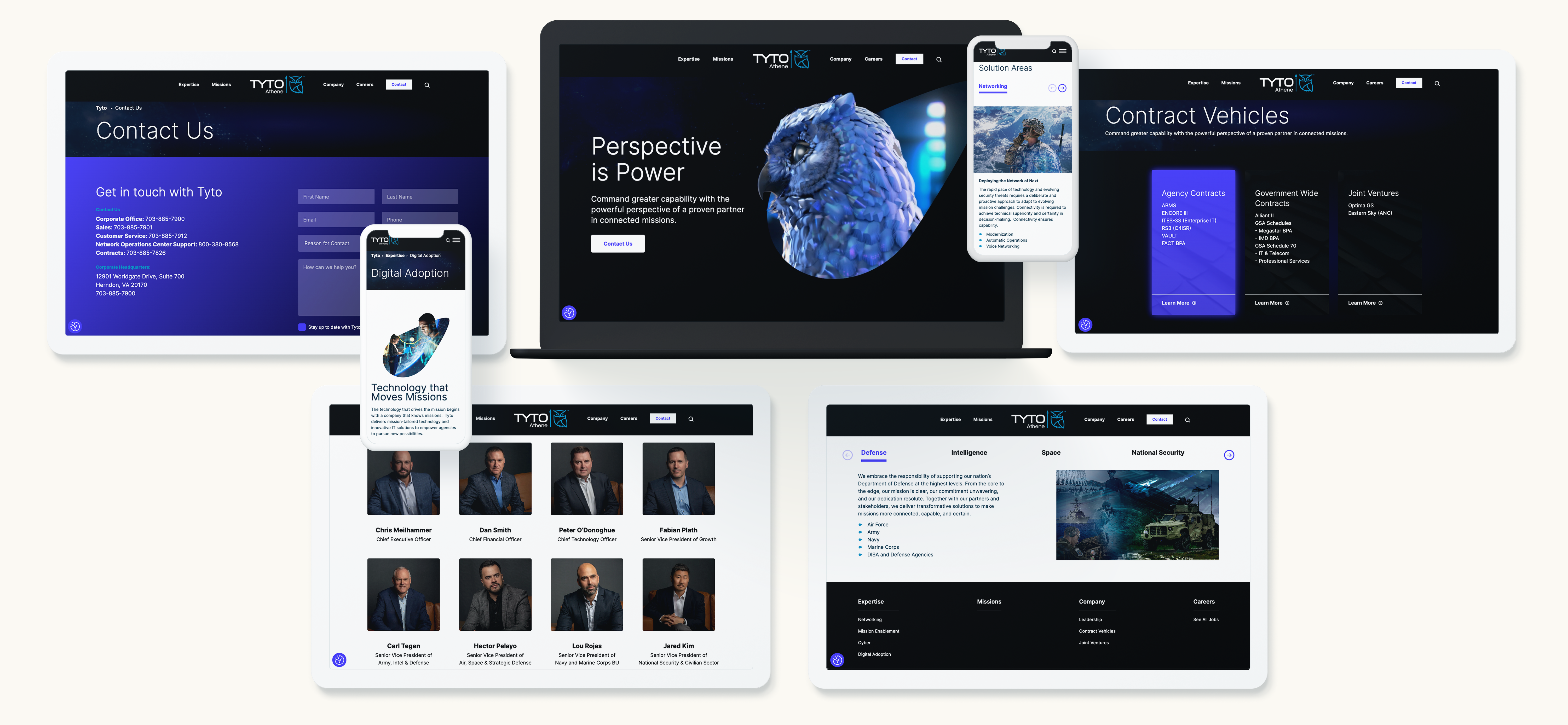When most people think of gamification, they imagine its applications in video games or perhaps education, where rewards and competition motivate learners. However, the potential for gamification goes far beyond these fields. Today, industries like healthcare, finance, and insurance are leveraging gamification to create more engaging experiences, motivate their audiences, and drive meaningful change. In this blog, we explore how non-traditional sectors are using gamification to innovate and transform the way they interact with both customers and employees.
What is Gamification? A Brief Overview
At its core, gamification refers to the application of game-like elements—such as points, rewards, challenges, or leaderboards—in non-game environments. By tapping into human psychology and the desire for competition, achievement, and recognition, gamification can drive engagement, motivate behavior, and improve the overall user experience.
Traditionally, gamification has been used in the gaming industry and education. However, its principles can be applied across a wide range of industries, with many non-traditional sectors beginning to recognize its power.
Healthcare: Gamification for Better Health Outcomes
One sector that has embraced gamification in surprising ways is healthcare. From fitness apps that track your steps and reward you with badges to mental health platforms that encourage mindfulness practices through daily challenges, gamification is helping patients take a more active role in managing their health.
Consider how apps like MyFitnessPal or Fitbit incorporate game mechanics to encourage users to meet their health goals. These platforms rely on progress tracking, streaks, and social competition to motivate users to make healthier choices. Hospitals and healthcare providers have also jumped on board by using gamified programs to encourage patient adherence to treatment plans. For example, a platform like Mango Health uses gamification to reward patients for taking their medications on time, which has been shown to improve long-term adherence rates.
Beyond patient care, gamification is also making waves in medical training. Virtual simulations with gamified elements are helping healthcare professionals sharpen their skills, offering interactive environments where doctors and nurses can practice procedures or diagnose conditions.
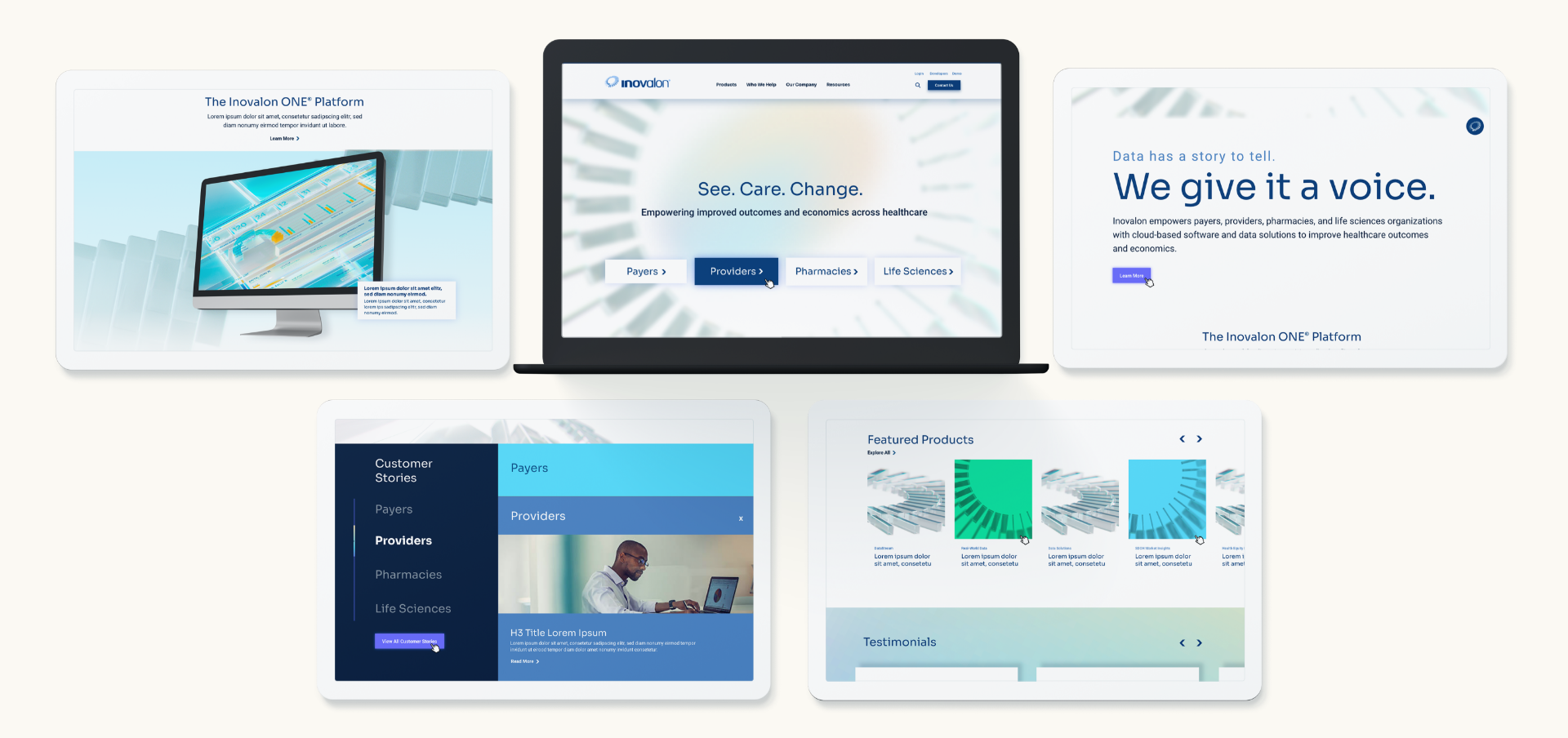
Finance: Engaging Users Through Gamified Learning and Rewards
The finance sector has also discovered the potential of gamification, particularly in educating customers and encouraging better financial habits. Personal finance apps like Mint and YNAB (You Need A Budget) have transformed the often-daunting task of budgeting into something interactive and rewarding. These platforms use gamified features such as goal-setting, progress bars, and rewards to motivate users to save money, reduce debt, and invest wisely.
Fintech companies and even traditional banks are increasingly integrating gamification into their loyalty programs. For instance, some credit card companies now offer rewards based on certain spending behaviors, turning ordinary purchases into opportunities to earn points, unlock levels, and gain exclusive benefits. These incentives not only drive engagement but can also improve financial literacy among users.
Moreover, some companies are using gamified learning platforms to educate customers about complex financial products. For example, certain investment apps offer users the chance to simulate stock trading, rewarding them for making smart investment choices without the risk of real losses.
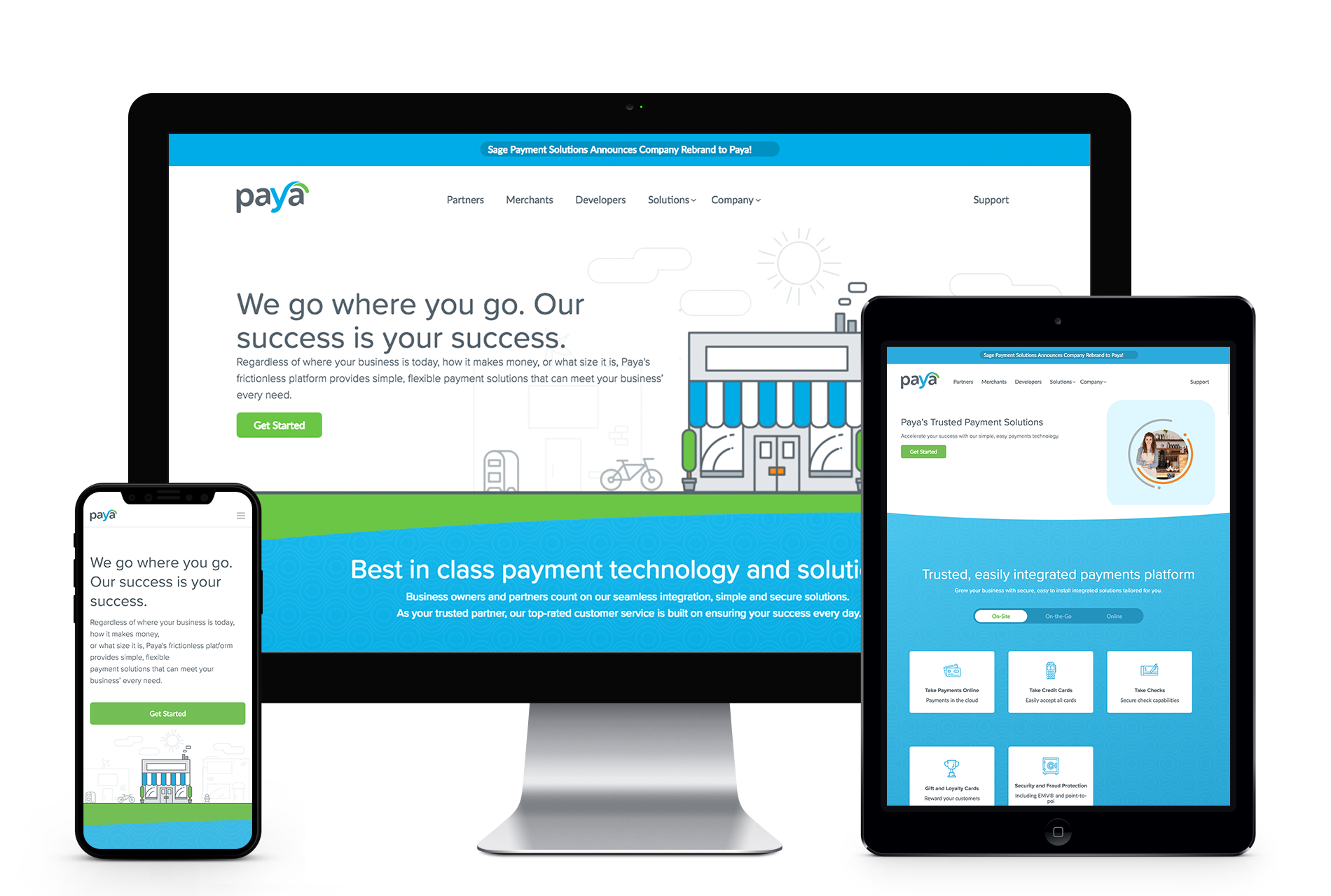
Other Non-Traditional Sectors Adopting Gamification
Beyond healthcare and finance, other sectors are beginning to explore the potential of gamification. For example, insurance companies are experimenting with gamified apps that reward customers for safe driving habits or completing wellness assessments. By turning these mundane tasks into interactive challenges, insurers are encouraging healthier behaviors and lowering risk, benefiting both the company and the customer.
Professional services firms and government agencies are also getting in on the trend. Gamified platforms are increasingly being used for employee training and compliance programs. These sectors are making traditionally dry content more engaging by offering badges, certificates, or even leaderboards to reward participation and completion. This shift towards gamification not only improves retention of information but also encourages employees to engage with content more enthusiastically.
The Psychological Drivers Behind Gamification
So why does gamification work so well, even in industries that aren’t typically associated with “fun”? The answer lies in psychology. Gamification taps into our intrinsic motivations by offering immediate feedback, a sense of accomplishment, and rewards for progress. This triggers the brain’s dopamine pathways, creating a feeling of pleasure and satisfaction that encourages users to continue the behavior.
By implementing features such as leaderboards, challenges, and rewards, companies can encourage both customers and employees to complete specific tasks or engage with their content more frequently. Whether it’s tracking daily health habits or learning new financial skills, gamification works because it transforms routine tasks into something engaging and rewarding.
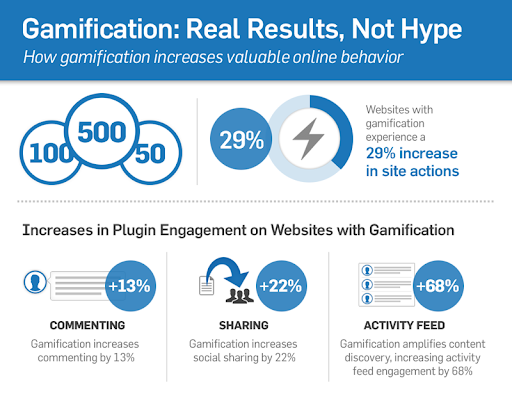
Challenges and Ethical Considerations
While gamification offers many advantages, it’s important to acknowledge the challenges it presents, particularly in sectors like healthcare and finance where ethical concerns are paramount. One major consideration is ensuring that gamification is used responsibly and does not exploit users’ behaviors in harmful ways. For example, rewarding users for health behaviors must be done in a way that promotes long-term well-being rather than short-term gratification.
Additionally, integrating gamification into industries resistant to change—such as heavily regulated sectors like insurance or government—requires careful strategy and stakeholder buy-in. Success depends on how well these elements align with the sector’s existing processes and customer expectations.
Unlocking the Power of Gamification in Non-Traditional Sectors
Gamification has the power to transform how non-traditional sectors engage with their audiences. By using game-like elements to drive user participation, healthcare, finance, insurance, and other industries are creating more interactive, motivating, and impactful experiences. The future of gamification is bright, and its potential is only beginning to be realized in industries that once seemed unlikely candidates.
At Bluetext, we help businesses across all sectors leverage gamification to elevate customer engagement and drive behavior change. Whether you’re looking to educate, motivate, or simply make your services more engaging, we have the expertise to design gamified solutions that work for your industry. Contact us today to learn more.
As businesses expand their reach into international markets, they are often met with a set of unique challenges. What works for a domestic audience might not resonate, or could even offend, in another part of the world. Global marketing campaigns require an extra layer of sophistication, blending cultural awareness, regulatory compliance, and technical precision. By navigating these complexities carefully, brands can create successful international marketing strategies that truly connect with global audiences.
Understanding Cultural Sensitivity
Cultural differences are perhaps the most prominent hurdle in global marketing. What may seem like an engaging or humorous campaign in one country can easily misfire in another due to cultural norms, values, or even taboos. Cultural sensitivity is key to avoiding these pitfalls.
For instance, consider Pepsi’s 1990s campaign in Taiwan, where their slogan “Pepsi brings you back to life” was mistranslated to imply resurrection—a message that didn’t sit well with local beliefs. To prevent such missteps, it’s critical to conduct thorough cultural research, understanding not only language but symbolism, gestures, and traditions that may influence how your message is received.

When creating global campaigns, brands should consider developing region-specific strategies that align with local traditions, lifestyles, and media preferences. This approach ensures that the campaign resonates and avoids crossing cultural boundaries.
Language and Localization
While translation is a necessary component of global marketing, localization takes it a step further. True localization involves adapting content not only in language but also in tone, context, and imagery to reflect local values. It’s not just about saying the right words but saying them in a way that connects with the audience.
For example, a brand slogan that relies on humor or slang in English may need to be rewritten to capture the same sentiment in another language. The lack of proper localization can lead to confusing or even offensive messaging, as was the case when KFC’s famous “Finger Lickin’ Good” slogan was translated to “Eat your fingers off” in China. Understanding colloquialisms and cultural references is crucial for successful localization.

A best practice for global marketers is to work with local linguists, copywriters, and cultural consultants to ensure content not only makes sense but aligns with local preferences. Investing in a truly localized strategy can increase the effectiveness of your campaign across borders.
Navigating Regulatory Differences
One of the more complex challenges of international marketing is adhering to the varying regulations that govern advertising across regions. From data privacy laws like GDPR in Europe to different advertising standards in places like China or the Middle East, these regulations can have significant implications on how campaigns are run.
For example, the European Union’s GDPR limits how customer data can be collected and used for marketing purposes. If a campaign violates these standards, it could result in hefty fines and reputational damage. Similarly, advertising guidelines in countries like Japan or Germany may be far stricter than those in the United States, especially when it comes to claims around product benefits or competitive messaging.
To effectively navigate these challenges, global marketing teams must stay up-to-date with legal standards in each target market. Working with local legal experts or compliance officers can help ensure that campaigns are both compliant and effective.
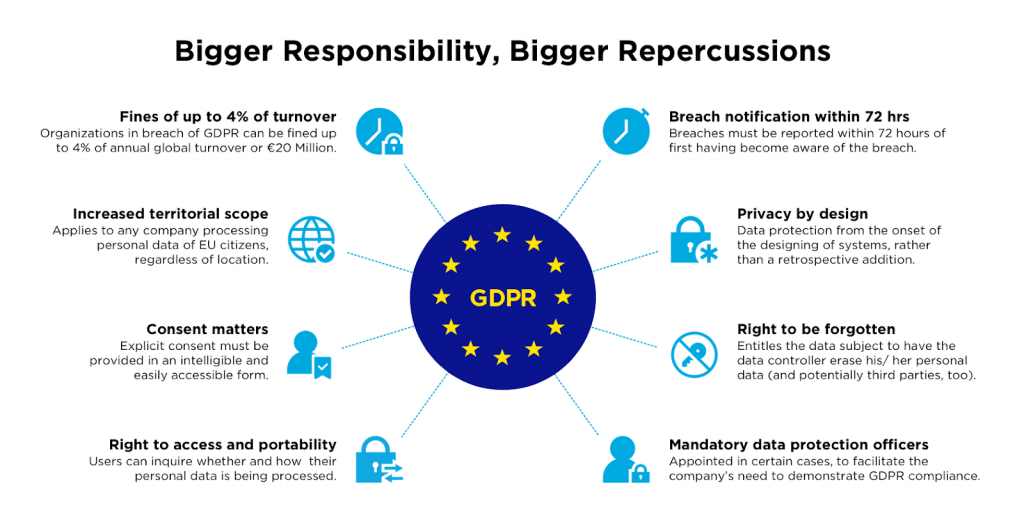
Overcoming Technical and Logistical Challenges
Beyond the cultural and regulatory complexities, there are technical and logistical barriers to global marketing campaigns. These include time zone differences, the availability of digital infrastructure, and the dominant social media platforms in each region.
For instance, while Facebook may dominate in the United States, WeChat is the primary platform in China, and WhatsApp has a strong presence in parts of Europe and Latin America. Ensuring that your campaign aligns with the preferred digital platforms in each market is critical to its success.
Additionally, managing global teams across time zones can present challenges in coordination and execution. Establishing a centralized strategy with local execution teams can help maintain consistency while allowing flexibility for localized adaptations. Communication tools like Slack, Trello, or project management platforms can bridge the gap between distributed teams, ensuring smooth coordination.
Measuring Success Across Markets
Once your campaign is live, it’s essential to measure success and refine your approach. However, measuring success in a global campaign comes with its own set of challenges. The KPIs that matter in one market may not carry the same weight in another. For example, while click-through rates may be a primary indicator of success in North America, customer engagement through chatbots or mobile apps might be more important in parts of Asia.
Using a combination of global and local performance metrics is key to understanding the full impact of your campaign. Tools like Google Analytics, HubSpot, or SEMrush allow you to track region-specific results, providing insights into what works and what needs adjustment. This iterative approach helps global campaigns evolve based on real-time data.
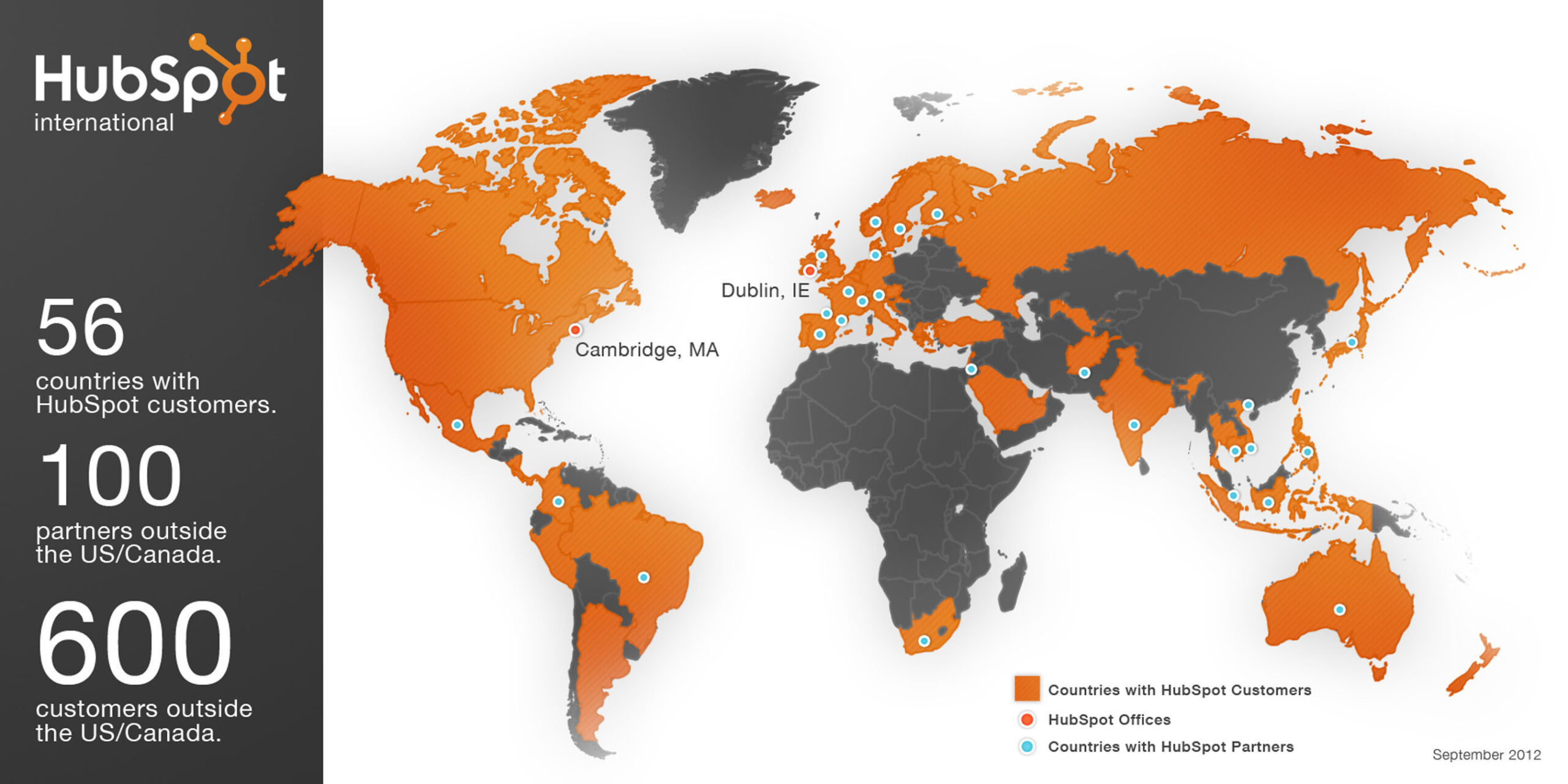
Partner with Experts for Global Success
Navigating the complexities of global marketing campaigns requires careful planning, local insights, and a flexible approach. From cultural sensitivity to regulatory compliance, the success of an international campaign depends on understanding the nuances of each market.
Partnering with Bluetext ensures that your global marketing strategy is in the hands of experts who know how to navigate these challenges. With our proven track record of executing campaigns across multiple regions, we can help you create a tailored global marketing approach that resonates with diverse audiences and drives results. Contact us today.
As government contractors and marketers navigate an increasingly competitive landscape, events like GAIN 2024 (Government Analytics, Insights, and Networking) are critical for staying ahead of industry trends. Bluetext is excited to be part of this year’s conference on October 17th, hosted by Government Executive Media Group. Whether you’re aiming to expand your knowledge, connect with key decision-makers, or discover cutting-edge strategies for engaging the government market, GAIN 2024 offers an unparalleled opportunity.
In this blog, we’ll take a closer look at what attendees can expect from the event, provide insights into the sessions that will be most beneficial, and offer advice on how to maximize your time at the conference. A particular highlight this year is a panel hosted by Bluetext’s very own Brian Lustig, which will explore the intersection of branding, PR, and contract success in the B2G space.
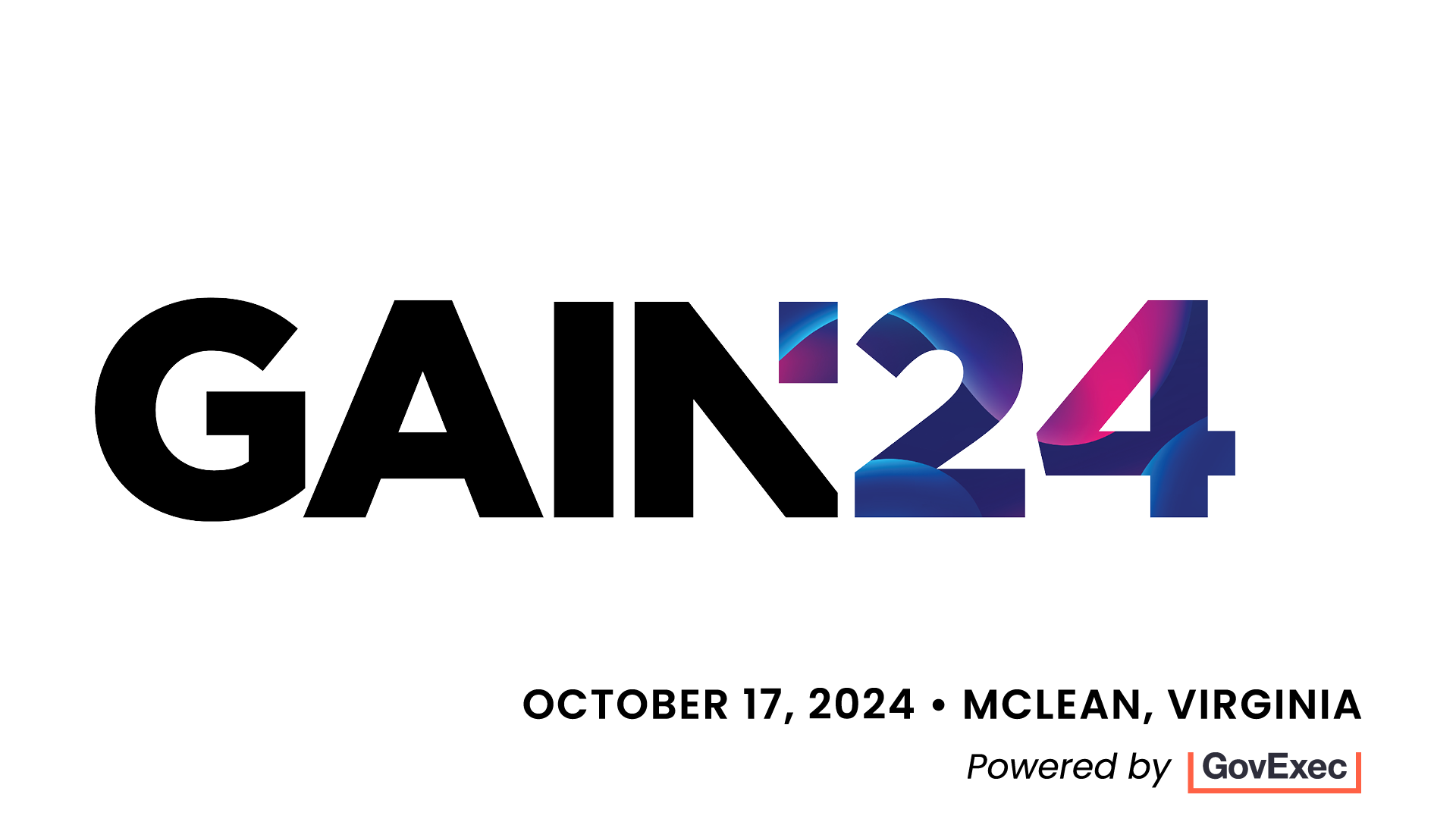
What to Expect at GAIN 2024
GAIN 2024 promises to deliver a dynamic lineup of presentations, workshops, and networking opportunities designed to help professionals in the business-to-government (B2G) sector stay informed on the latest trends and strategies. As a key event for marketing and government contracting professionals, it offers insights into everything from branding and marketing innovations to government procurement and contract pursuits.
Attendees can expect:
- Cutting-edge presentations on the latest marketing, branding, and PR trends specifically tailored to the government contracting space.
- Interactive sessions and workshops that allow attendees to engage directly with experts and peers on key topics like branding, contract marketing, and government relations.
- Networking opportunities with industry professionals, government representatives, and marketing leaders looking to innovate within the government market.
Each year, GAIN attracts hundreds of professionals who are eager to discover how the latest innovations in marketing and analytics can drive better government business results. With a packed agenda and high-profile speakers from leading government contractors and marketing agencies, attendees are bound to leave with actionable strategies they can implement in their own organizations.
Bluetext’s Key Panel: Blueprint for B2G Success
At this year’s conference, Bluetext’s head of public relations, Brian Lustig, will host a pivotal session titled “Blueprint for B2G Success: Branding & PR Strategies for Contract Pursuits.” Taking place at 1:50 pm EST, this session is designed for contractors and marketers looking to align their branding and public relations efforts with government contract cycles, helping to improve visibility and drive long-term growth.

Joining Brian on this panel are industry leaders including:
- Sunny Singh, Former President & CEO, Aeyon
- Scott Aukema, Vice President of Marketing, Sigma Defense
- Robin Vaitonis, Chief Operating Officer, Grafik
These panelists bring a wealth of experience in branding and marketing for the B2G space, and their insights will be invaluable for professionals looking to better position their organizations in the government contracting market.
This session will cover critical aspects of government-focused marketing, including:
- How to develop a unique and memorable brand in the crowded B2G marketplace
- Aligning PR efforts with contract and opportunity timelines to maximize your campaign’s impact and ensure it is strategically aligned with key contract milestones
- Leveraging Ideal Government Personas (IGPs) to better focus marketing efforts, ensuring resources are allocated toward the most promising government buyers
- The power of integrated brand awareness and demand-generation campaigns as force multipliers for growth
Throughout the session, real-world examples from companies like Aeyon, Sigma Defense, and Alion will illustrate how branding and PR can be leveraged to align with contract timelines and drive enterprise value creation. Attendees will leave with actionable takeaways on how to differentiate their brands in a crowded market, how to time PR efforts for maximum visibility, and how to build campaigns that effectively target and engage government buyers.
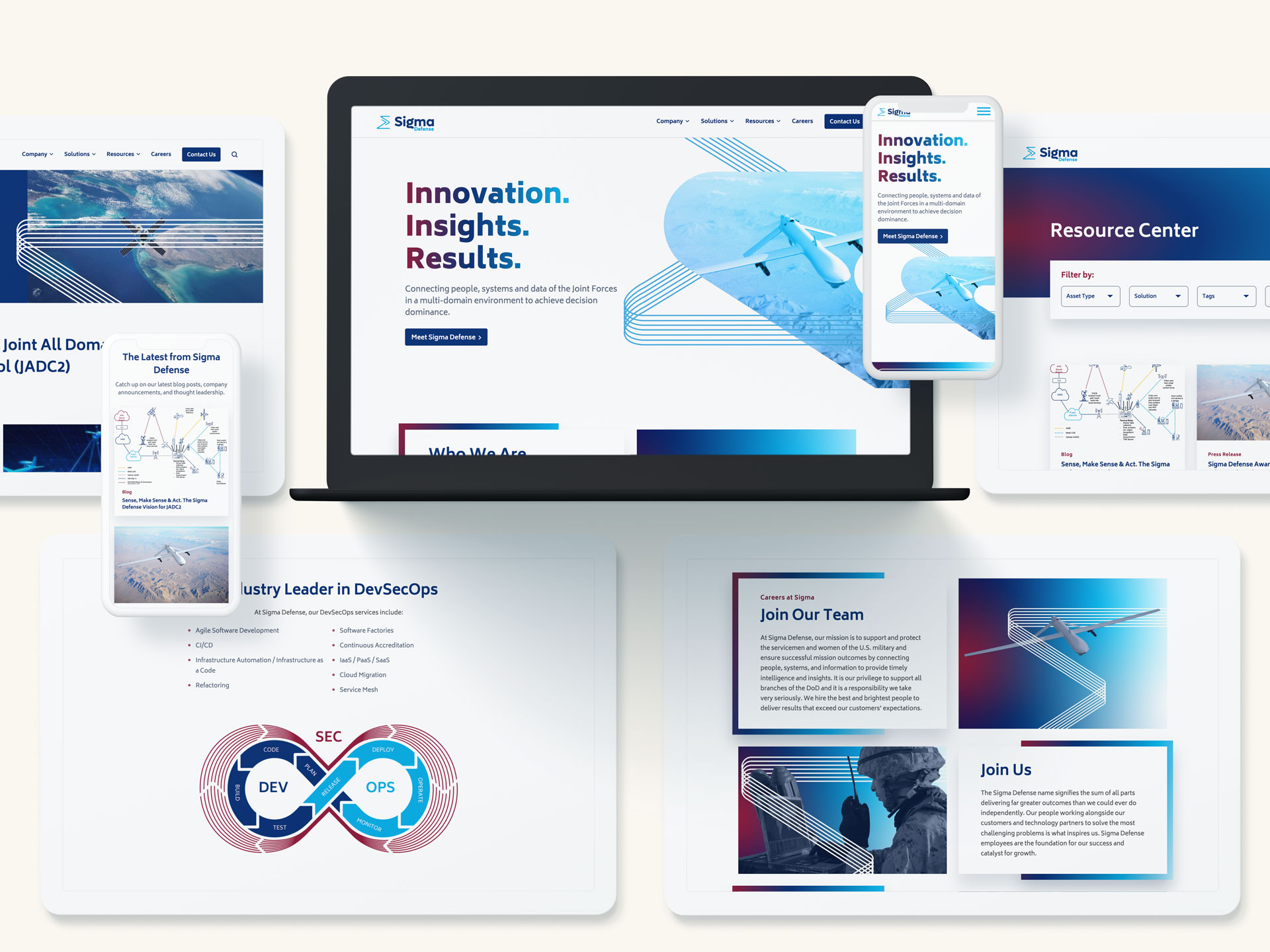
How to Maximize Your Time at GAIN 2024
With a packed schedule and so much valuable content, it’s important to plan ahead to make the most of your GAIN 2024 experience. Here are several tips to help you navigate the conference and ensure you leave with the insights and connections you need:
1. Plan Ahead: Prioritize Your Sessions
Review the agenda ahead of time to identify the sessions that will be most beneficial for your organization. Whether you’re focused on government contract strategies, marketing innovations, or PR alignment, GAIN 2024 has sessions tailored to various interests. Be sure to prioritize Bluetext’s panel on branding and PR strategies, as it will deliver insights specifically geared toward driving B2G contract success.
If you’re unsure where to start, consider the areas where your organization needs the most improvement. Are you struggling to differentiate your brand in a crowded market? Or perhaps you need more clarity on how to align PR efforts with contract timelines? Identify your gaps and select sessions that address those specific needs.
2. Take Full Advantage of Networking Opportunities
GAIN 2024 presents numerous opportunities to connect with industry leaders, peers, and potential clients. With many attendees and speakers from the government contracting world, the connections you make at this event could be the foundation for future partnerships.
Don’t limit your networking to just the formal events. Take the time to strike up conversations during breaks or after sessions. Whether you’re discussing a presentation, sharing insights, or simply chatting over coffee, these informal moments often lead to the most valuable connections.
3. Engage with Speakers and Panelists
GAIN 2024 features a lineup of high-profile speakers, including marketing and government relations experts. This is a unique opportunity to gain insights directly from those who have navigated the complexities of government marketing and contract pursuits.
After sessions like Bluetext’s panel, consider asking questions or following up with speakers. Engaging directly with experts can help clarify key points and provide deeper insights into how you can apply their strategies to your business. Make sure to attend Q&A sessions, which often provide added value beyond the formal presentations.
4. Visit the Exhibitors: Explore Innovations in B2G Marketing
GAIN 2024 will feature an exhibitor space where organizations can showcase the latest tools, technologies, and strategies for improving government marketing efforts. These booths are invaluable for discovering new technologies and solutions that can help streamline your organization’s efforts in the B2G space.
Make time to visit the exhibitors and explore new tools that can enhance your marketing, branding, or PR strategies. Whether it’s a new CRM designed for government contractors or cutting-edge analytics tools, this is a great opportunity to see what’s available and how it can support your organization’s goals.
5. Take Notes and Follow Up After the Event
With so much valuable content coming your way, it’s easy to feel overwhelmed. Be sure to take thorough notes during the sessions, capturing key takeaways that you can revisit and apply to your work. After the conference, set aside time to review these notes and identify the most actionable insights. Prioritize follow-up meetings and connections that can help you implement new strategies or technologies.
Additionally, don’t forget to follow up with contacts you made during the event. A simple email or LinkedIn message can go a long way in solidifying the connections you formed at GAIN 2024.
Conclusion
GAIN 2024 is shaping up to be a landmark event for professionals in the B2G sector, and Bluetext is proud to be part of this dynamic lineup. Whether you’re attending to sharpen your branding strategies, learn how to align PR efforts with government contract timelines, or simply network with industry peers, this conference offers invaluable opportunities to elevate your marketing efforts and drive success in the government space.
We look forward to seeing you at the event and encourage you to join us for Bluetext’s panel, “Blueprint for B2G Success: Branding & PR Strategies for Contract Pursuits”, at 1:50 pm EST on October 17th. Don’t miss the chance to gain actionable insights from industry leaders that can help you navigate the complexities of government contracting and position your brand for growth.
Want to see us at GAIN 2024? Let us know and we’ll be sure to follow up with you.
Securing a government contract is a game-changer for many businesses. These contracts not only provide long-term stability but also open doors to high-value projects with the potential to scale. However, the path to winning government contracts is highly competitive, requiring more than just meeting technical qualifications. Successful companies understand the importance of leveraging effective marketing strategies to position themselves as the ideal choice for government agencies.
For B2G (business-to-government) companies and private equity firms investing in this space, robust marketing is critical. In this post, we’ll explore the key marketing tactics that can help businesses win government contracts and stand out in a competitive field.
1. Understanding the Government Procurement Landscape
Navigating the government procurement process can be daunting. With complex regulations, long sales cycles, and fierce competition, companies need a clear strategy to break through the noise. Marketing plays a critical role in positioning your company as a reliable and credible partner that understands the unique needs of government agencies.
Effective marketing communicates your company’s value proposition in a way that resonates with procurement officers and government decision-makers. Whether you specialize in defense, cybersecurity, or professional services, crafting the right messaging and maintaining a strong digital presence helps your brand stand out in the crowded government marketplace.
For private equity firms investing in B2G companies, understanding how a portfolio company’s marketing strategy influences contract wins is vital. A clear, credible marketing strategy not only drives revenue growth but also increases the company’s overall value.
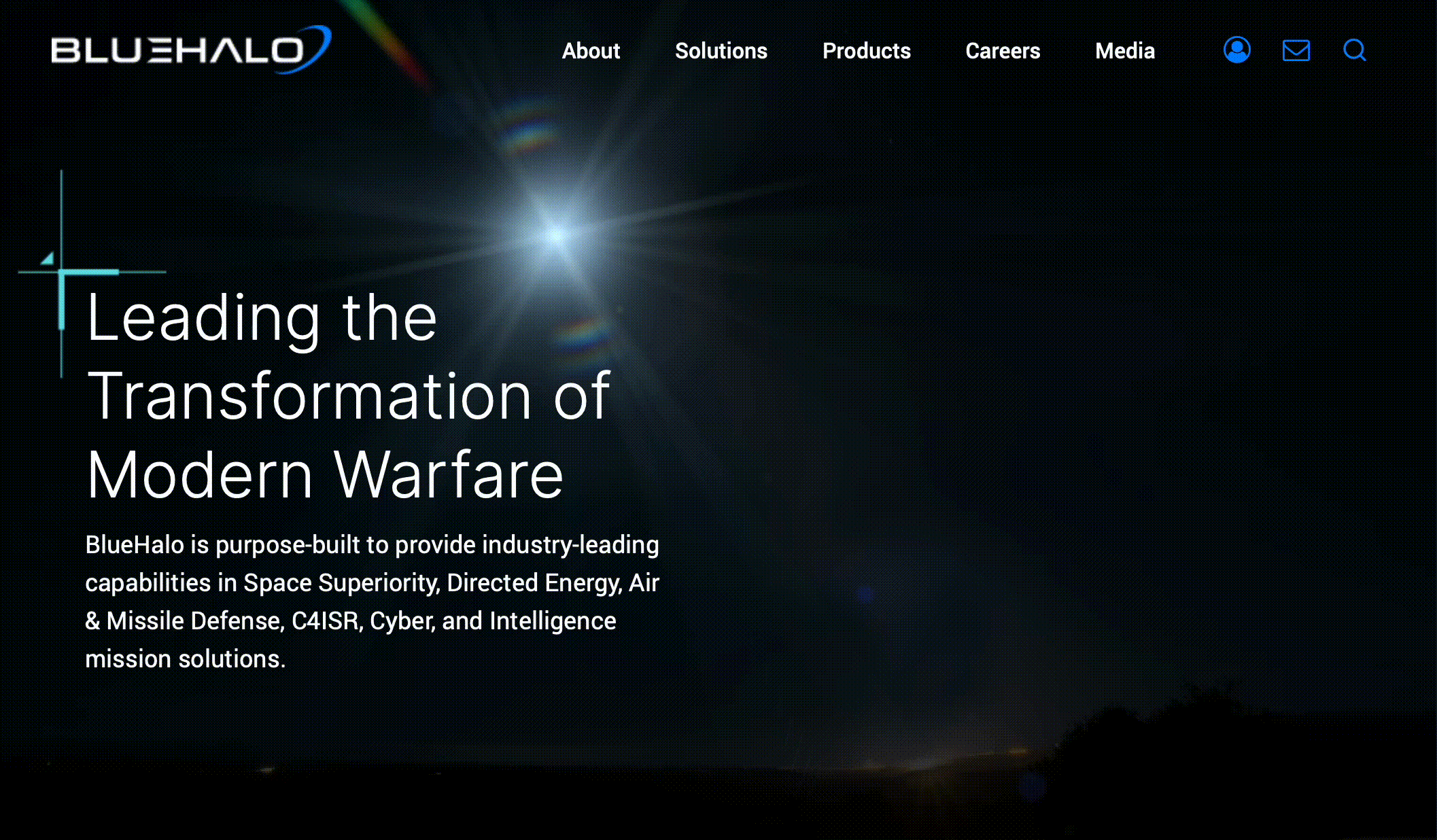
2. Targeted Outreach & Audience Segmentation
One of the most important aspects of marketing to the government is targeting the right audience. Government agencies have specific needs and decision-making processes, so it’s essential to tailor your outreach to the right individuals. This includes procurement officers, contracting officers, and agency decision-makers who hold influence over contract awards.
Using tools like audience segmentation and personalized marketing can help B2G companies identify and engage the most relevant government contacts. Tactics like email marketing, direct outreach, and even LinkedIn campaigns can help you get your message in front of the right eyes.
3. Building Credibility with Thought Leadership & Content Marketing
Credibility is crucial when marketing to the government. Procurement officers and agency leaders want to know they are choosing a contractor who understands their challenges and can deliver innovative solutions. Thought leadership and content marketing are powerful ways to establish this credibility.
B2G companies can create thought leadership content such as white papers, case studies, and webinars that demonstrate their expertise. By offering insights into industry trends, best practices, or innovative solutions, you position your company as a leader in your field. Content marketing also provides opportunities to nurture relationships with potential government clients over time.
Private equity firms benefit from investing in companies with a strong content marketing presence. These businesses are seen as industry leaders, which boosts their chances of winning contracts and increases their value in the marketplace.
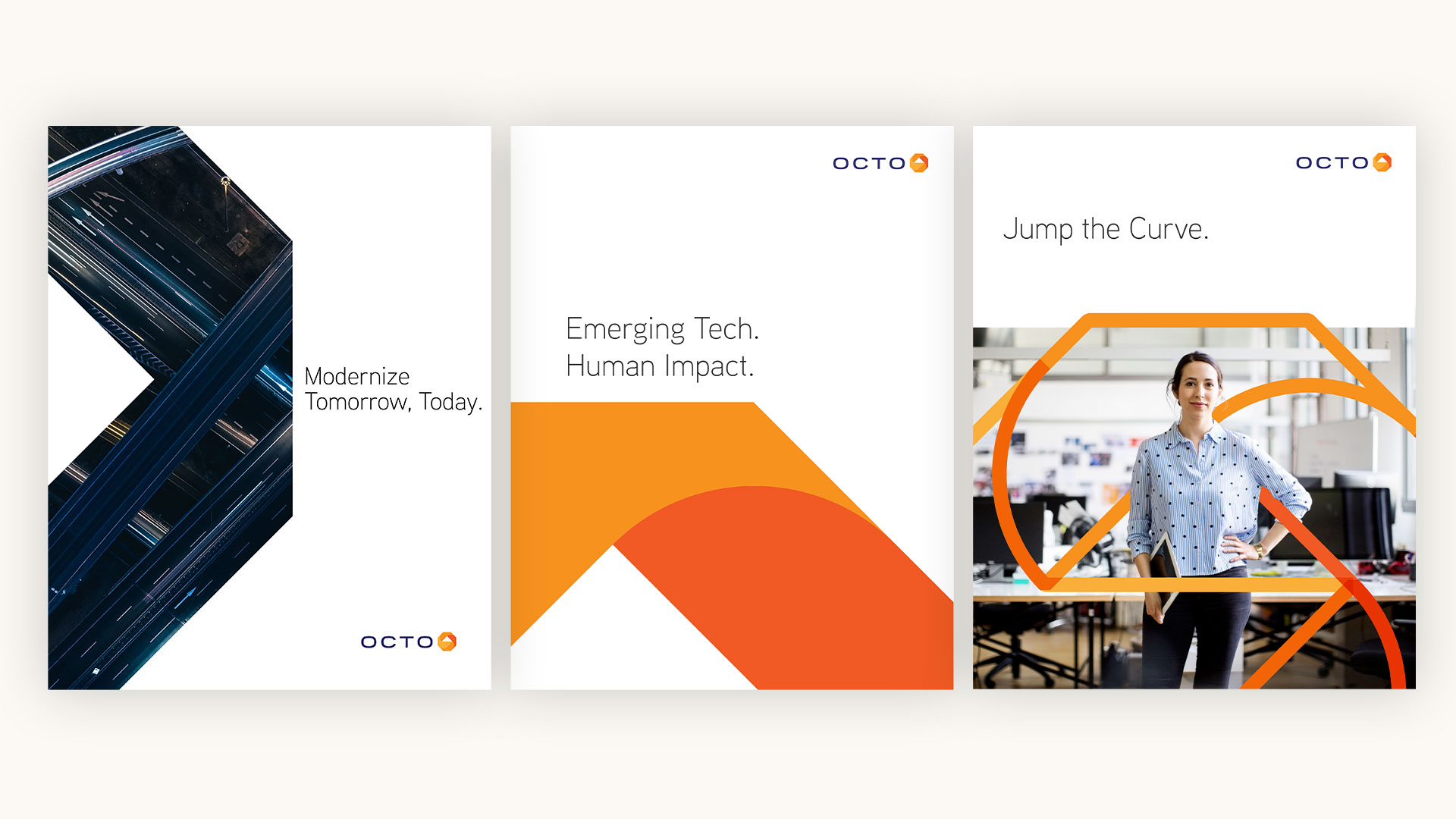
4. Leveraging Strategic Partnerships
Collaborating with other contractors or forming teaming agreements can significantly enhance your company’s competitiveness. Strategic partnerships allow you to combine strengths with other firms, making you a more attractive option for government agencies, especially for large or complex contracts.
By co-branding or collaborating on proposals, companies can present a united front that demonstrates a broader range of capabilities. Partnering with established government contractors can also add credibility, helping to reassure procurement officers that your business has the resources and expertise to handle the contract.
5. Optimizing Digital Presence for Government Audiences
A professional, well-optimized digital presence is essential when marketing to the government. Your website is often the first point of contact for procurement officers, so ensuring it is clear, easy to navigate, and up-to-date is critical. Having a strong digital footprint, from search engine optimization (SEO) to user-friendly web design, can improve your company’s visibility to government agencies.
Additionally, government decision-makers often perform thorough research before making a choice. Maintaining a consistent digital presence across platforms, including social media and industry-specific forums, helps build trust and credibility with your audience.
For private equity firms, investing in companies with optimized digital strategies ensures that these businesses are discoverable, credible, and positioned for success in government contracting.
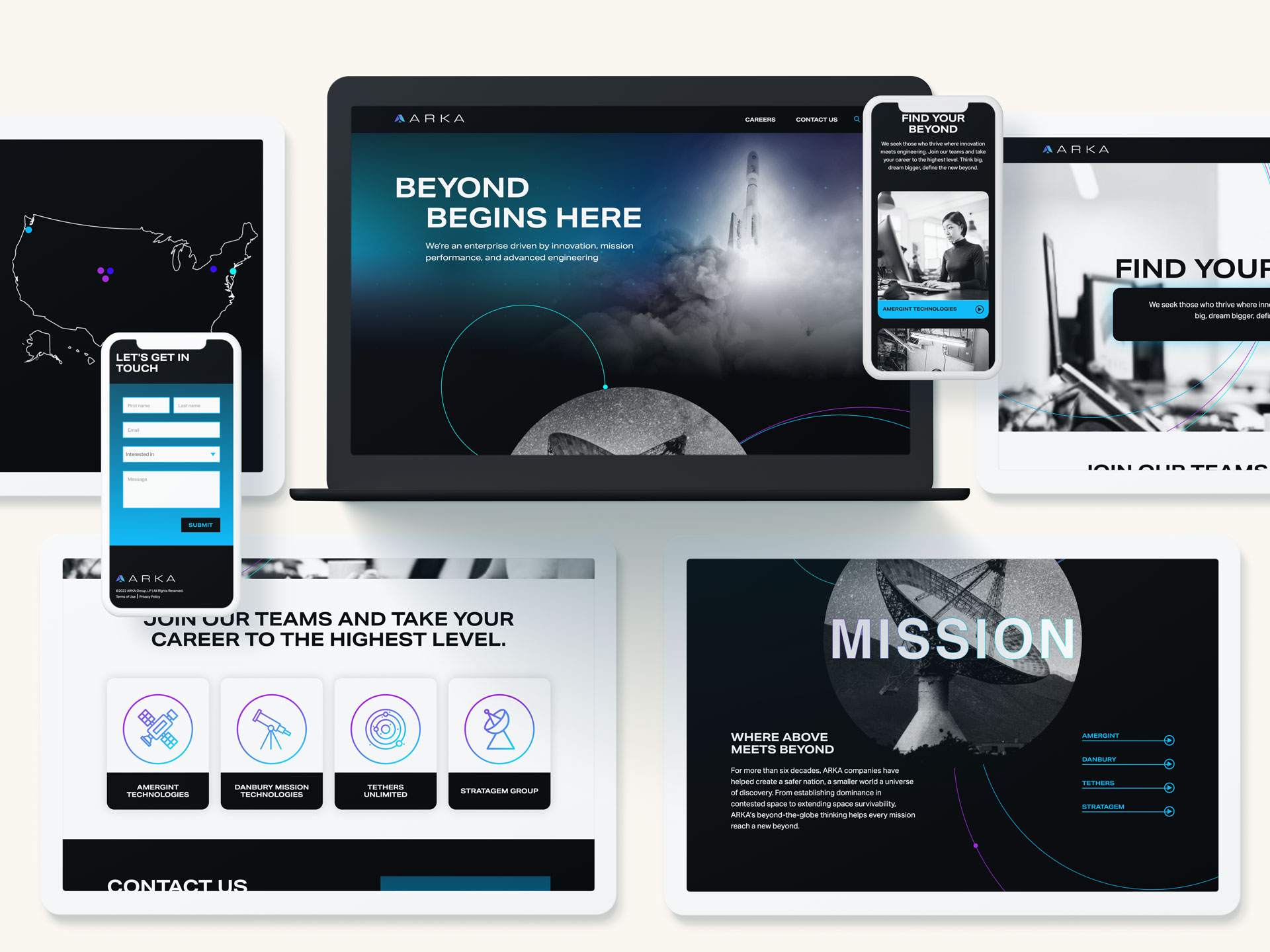
6. The Role of Networking & Relationship Building
Government contracting isn’t just about submitting proposals—it’s about building relationships. Networking is a key component in winning government contracts, whether through participating in trade shows, attending government forums, or engaging with government officials at industry events. Strong relationships build trust and make your business a familiar, reliable option when procurement officers are ready to make decisions.
B2G companies should invest time in developing relationships with key government contacts and staying visible at relevant events. These relationships can often be the deciding factor in whether your proposal is given serious consideration.
Unlocking the Power of Marketing in Government Contracting
In a competitive B2G market, marketing is essential for building credibility, creating connections, and ultimately winning government contracts. From targeted outreach to thought leadership and digital optimization, the strategies outlined here help position B2G companies for long-term success.
For private equity firms investing in the space, it’s clear that companies with a strong marketing strategy are not only better equipped to win government contracts but also provide a more attractive investment opportunity. At Bluetext, we specialize in helping B2G companies and their investors develop and execute these strategies.
When most people think of Halloween, images of pumpkins, spooky costumes, and haunted houses come to mind. But beyond trick-or-treating and ghost stories, Halloween offers a unique opportunity for businesses—especially B2B brands—to inject some creative flair into their branding efforts. While holidays like Halloween are often associated with B2C marketing, B2B companies can take advantage of the seasonal excitement to engage clients, refresh their brand image, and stand out in competitive markets.
In this post, we’ll explore how B2B brands can embrace the spooky spirit to reinvent their branding, from visual elements to clever campaigns. Let’s dive into the ways Halloween can offer both a temporary and lasting boost to your company’s image.
1. Leveraging Halloween for Seasonal Campaigns
Themed campaigns tied to specific holidays can be an effective way to create buzz and engage your audience. Halloween, with its playful, fun atmosphere, is the perfect backdrop for creativity. By leaning into the festive spirit, B2B companies can use Halloween as an opportunity to showcase a different side of their brand, one that’s more approachable, memorable, and human.
Consider running a limited-time promotion or launching a Halloween-themed product campaign. For example, a cybersecurity company could promote a “hauntingly good” offer on their services, while a SaaS provider might roll out a themed demo or tutorial to highlight “scary” data risks and how their product can help.
Seasonal campaigns give brands a chance to engage customers in a way that feels timely and relevant, boosting visibility and generating excitement.
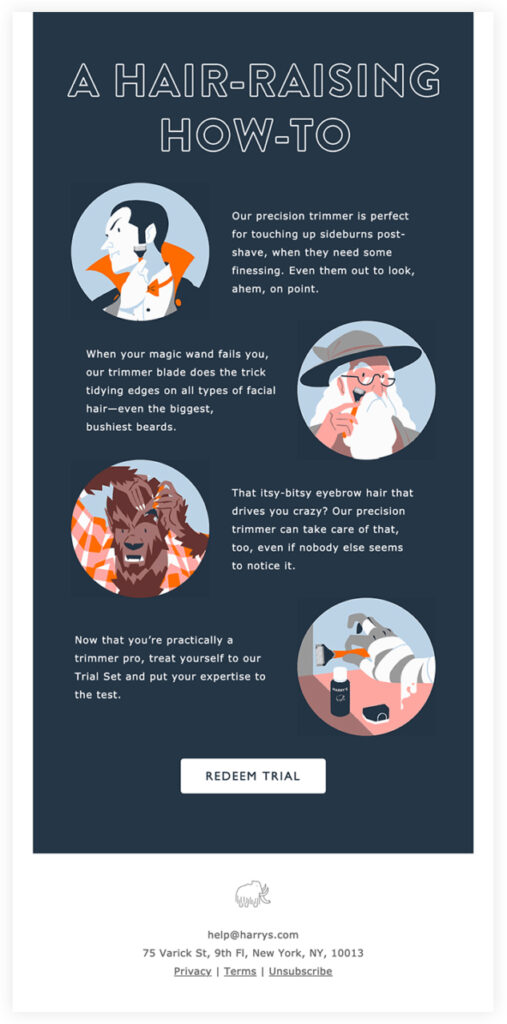
2. Spooky Visuals & Branding Elements
Halloween is all about striking visuals—think eerie shadows, bold colors, and playful characters. B2B brands can temporarily refresh their image by incorporating Halloween-themed elements into their logos, websites, or social media channels. A temporary logo redesign featuring bats, pumpkins, or a spooky color palette can add a touch of fun to your brand without compromising professionalism.
Playful visuals also attract attention in crowded digital spaces, encouraging users to stop and engage with your brand. Adding subtle Halloween elements to your website banners, social posts, or email campaigns can help create a cohesive, festive feel.
At Bluetext, we work with brands to ensure that their seasonal visuals remain true to their overall identity while capturing the spirit of the occasion. Done right, spooky visuals can not only engage your audience during Halloween but also position your brand as creative and adaptable long-term.
3. Spooky Copywriting & Themed Messaging
Words matter, especially when they come with a twist of spooky fun. Halloween-themed copy can help your messaging stand out in an otherwise dry B2B environment. Think about using clever, eerie puns or references in your marketing materials—whether it’s a tagline like “Don’t let your data ghosts haunt you!” or email subject lines like “A Frighteningly Good Offer Awaits.”
Spooky messaging can also humanize your brand by allowing a lighter, more playful tone. Just remember to balance the festive fun with your overall brand voice, ensuring you maintain credibility while having fun with your audience.
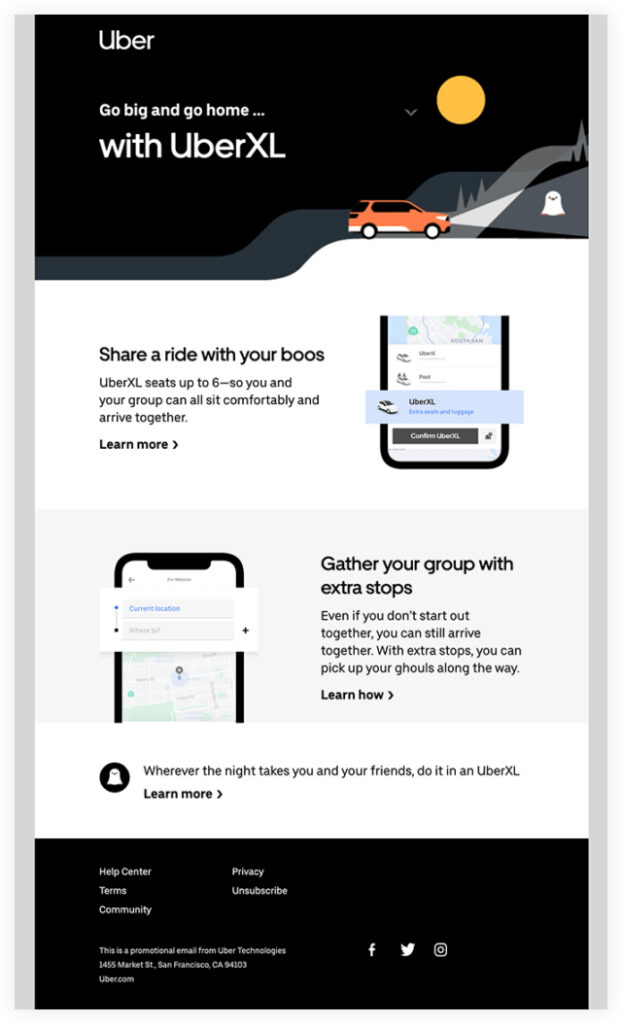
4. Halloween as a Gateway to a Brand Refresh
What starts as a seasonal campaign can sometimes inspire larger, more permanent shifts in your brand’s identity. By experimenting with Halloween-themed visuals, messaging, and promotions, you may discover new ideas that resonate with your audience and can be carried forward into your long-term strategy.
For example, the introduction of a temporary mascot for a Halloween campaign could evolve into a recurring brand ambassador that reappears in future seasons. Or, the more playful tone used in Halloween messaging might inspire your team to adopt a friendlier, more conversational approach to your year-round communications.
Seasonal branding efforts can be a great testing ground for ideas that may eventually lead to a full-scale brand refresh. At Bluetext, we work with clients to explore these opportunities, leveraging seasonal campaigns to inform bigger shifts in brand strategy.
5. Examples of Successful Halloween Campaigns in B2B
Halloween-themed campaigns aren’t just for consumer-facing brands. In fact, many B2B companies have successfully embraced the holiday to make a lasting impression.
For example, an enterprise software company might run a Halloween-themed webinar, marketing it as “Scary Good Tips to Save Time with Automation.” A financial services firm could host a “Fright-Free Finance” event, focusing on demystifying complex financial topics with a seasonal twist. Even something as simple as incorporating spooky language into social media posts or launching a limited-time offer on services can help B2B brands join the Halloween fun.
By embracing these creative ideas, brands can increase engagement, foster stronger connections with their audience, and leave a lasting impression that extends beyond the holiday itself.
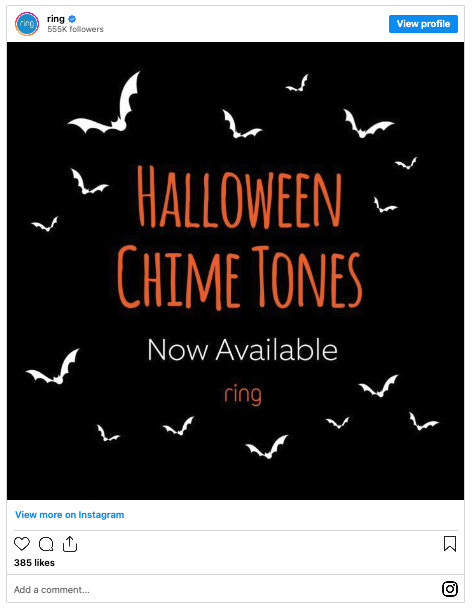
Unleash the Spooky Potential of Your Brand
Halloween offers more than just costumes and candy; it’s an opportunity for B2B brands to get creative and refresh their image. From spooky visuals and clever copy to themed campaigns that build buzz, Halloween can be the perfect catalyst for both short-term engagement and long-term brand innovation.
At Bluetext, we specialize in helping brands tap into seasonal opportunities to create lasting impact. Ready to put your own spooky spin on your brand this Halloween? Contact us today to start planning a campaign that will haunt your audience—in all the right ways.
Launching a new product is an exciting, but often challenging endeavor. Whether you’re expanding into a new market or introducing an innovative solution, success hinges on a well-crafted go-to-market (GTM) strategy. Without the right approach, even the most groundbreaking products can struggle to gain traction. In this post, we’ll break down the key components of a successful GTM strategy and provide actionable insights to ensure your product hits the ground running.
1. Conduct Thorough Market Research & Competitive Analysis
Before launching any product, it’s critical to understand the landscape in which you’re operating. Market research should reveal customer pain points, trends, and opportunities while competitive analysis uncovers where your product can stand out.
Start by identifying:
- Customer needs: What problems does your product solve?
- Market trends: What external factors could influence demand, such as technological shifts or regulatory changes?
- Competitor positioning: Where do competitors excel, and where are the gaps you can fill?
Surveys, industry reports, customer feedback, and tools like Google Trends can be invaluable in this phase. By gathering robust insights, you can fine-tune your product’s features and positioning to meet market demand.
At Bluetext, we guide clients through detailed research processes, providing data-driven insights to inform every stage of the product launch. Our experience helps ensure that your GTM strategy is rooted in a deep understanding of the market and your competition.
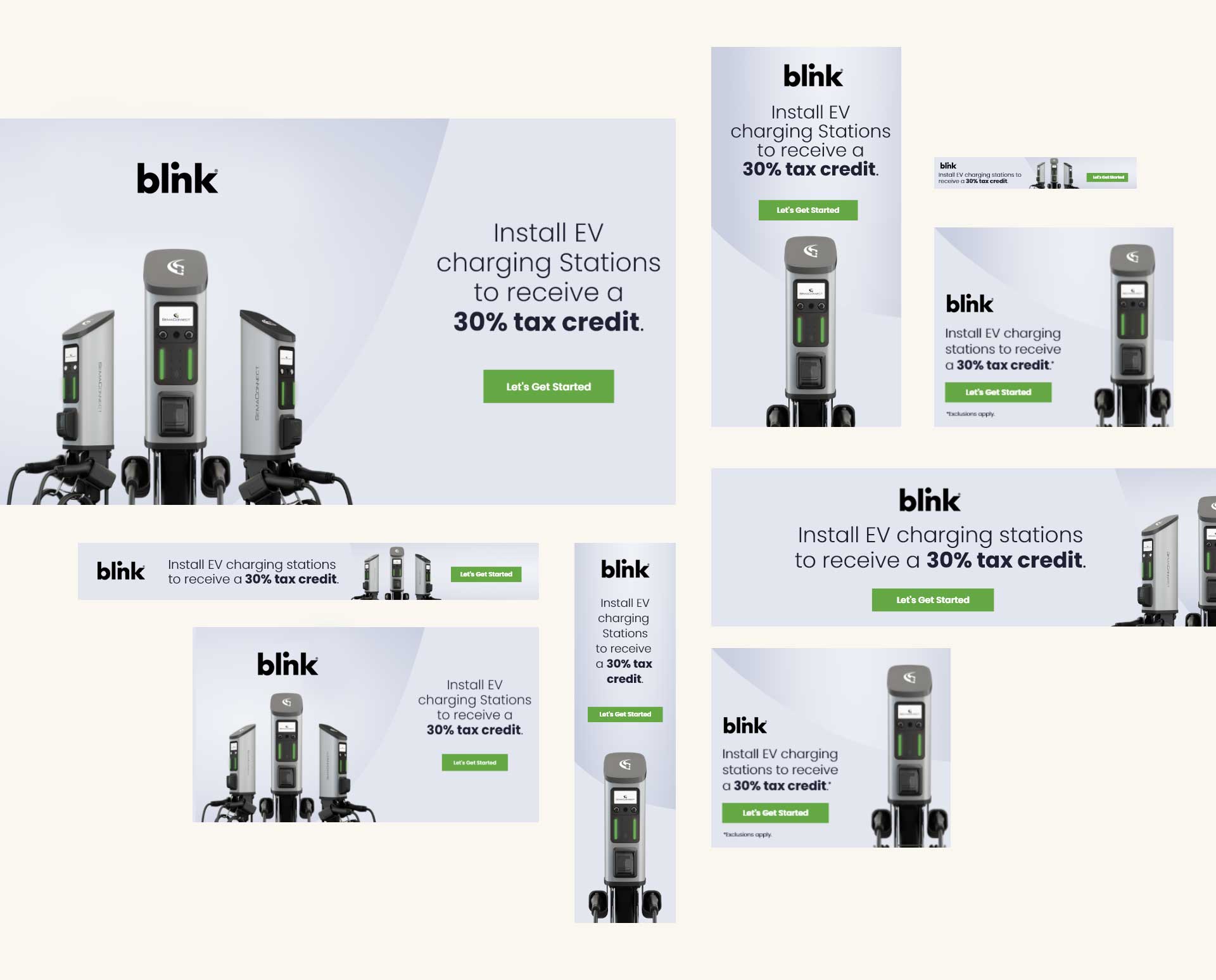
2. Define Your Target Audience & Craft Messaging
Identifying your target audience is crucial to a successful launch. The better you understand your customers, the more effectively you can speak to their needs. This starts with developing detailed buyer personas that include demographic, psychographic, and behavioral characteristics.
Once you know your audience, craft messaging that resonates with their specific pain points and desires. Focus on creating a narrative that communicates your product’s unique value in a way that speaks directly to your target market.
3. Establish a Clear Product Positioning & Value Proposition
Your product’s value proposition is the foundation of your GTM strategy. It should clearly articulate why your product is better than alternatives in the market and how it meets the needs of your target audience.
A strong value proposition:
- Addresses specific customer pain points.
- Highlights key benefits that differentiate your product from the competition.
- Speaks to the outcomes or results customers can expect.
Bluetext works closely with clients to develop compelling value propositions and positioning strategies that ensure products are set for maximum impact from day one.
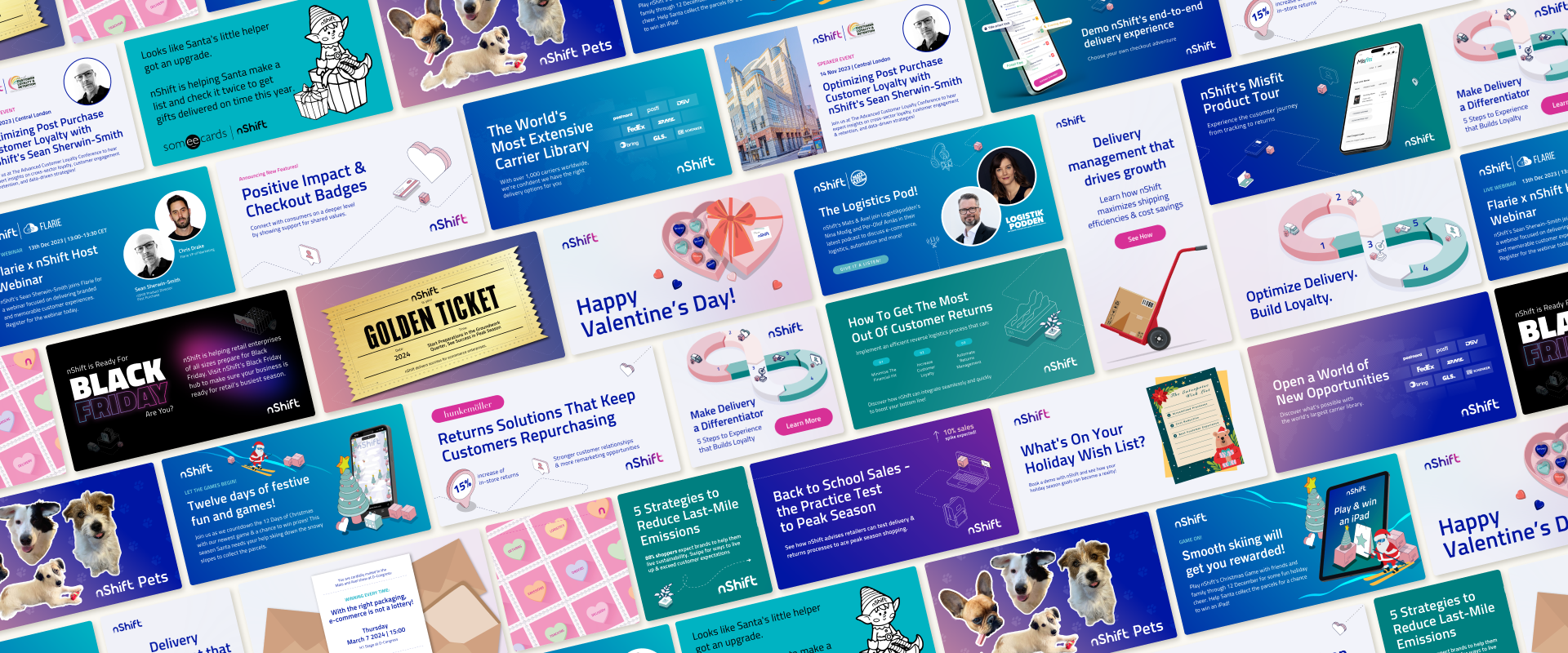
4. Align Sales Enablement & Channel Strategy
Sales teams are the frontline advocates for your product, so it’s critical to provide them with the tools they need to sell effectively. This includes:
- Sales collateral: Product brochures, pitch decks, and case studies that emphasize product benefits.
- Training: Regular training sessions to keep sales teams informed on key product features and messaging.
- CRM tools: Ensure your team has the right tools to track and manage customer relationships.
Additionally, consider your distribution channels. Will you rely on direct sales, resellers, or strategic partnerships to bring your product to market? Defining this early will ensure your product reaches the widest possible audience.
Bluetext has helped numerous clients refine their channel strategies, resulting in stronger partnerships and more effective sales efforts.
5. Execute a Comprehensive Promotional Tactics & Launch Plan
Your product launch is your opportunity to create buzz and generate excitement. A strong launch plan will include:
- Pre-launch activities: Build anticipation through teasers, beta testing, and influencer outreach.
- Launch day: Use a mix of PR, digital advertising, and social media campaigns to ensure maximum visibility.
- Post-launch engagement: Continue the momentum with follow-up campaigns, customer testimonials, and product demos.
Bluetext has executed numerous successful launch campaigns, leveraging a variety of promotional tactics tailored to each client’s audience and industry. From targeted digital ads to influencer partnerships, we ensure your launch garners the attention it deserves.

6. Measure Success & Optimize
Once your product is in the market, it’s important to track its performance and adjust your strategy as needed. Key performance indicators (KPIs) to monitor include:
- Sales figures: Are you meeting your sales targets?
- Market penetration: How well is your product performing against competitors?
- Customer acquisition: Are you attracting your target audience effectively?
With Bluetext’s data-driven approach, we help clients not only track success but also refine their strategies based on performance. Regular analysis and optimization can make the difference between a product that performs well and one that dominates the market.
Setting Your Product Up for Long-Term Success
Launching a new product is no small feat, but with the right GTM strategy, you can significantly increase your chances of success. From market research to promotional tactics, each step of the process should be carefully planned and executed to ensure maximum impact.
At Bluetext, we specialize in creating tailored go-to-market strategies that deliver results. Ready to launch your next product with confidence? Contact us today to see how we can help.
For SaaS companies, content marketing is more than a buzzword—it’s a core driver of user acquisition, engagement, and retention. At Bluetext, we’ve worked with leading SaaS brands to build strategic content marketing campaigns that not only attract users but keep them engaged long-term. In this post, we’ll share advanced tactics to help your SaaS company build high-performance content campaigns that drive product adoption and increase retention.
The Unique Challenges of SaaS Content Marketing
Unlike traditional products, SaaS offerings live in a fast-evolving digital environment where product updates are frequent, user education is critical, and retention is key to growth. For this reason, your content marketing must do more than just capture attention—it needs to nurture users, demonstrate ongoing value, and reduce churn.
At Bluetext, we understand that SaaS marketing requires a customer-first approach that meets users at every stage of their journey. From initial awareness to retention strategies, your content should deliver value, solve pain points, and provide the information users need to succeed with your product.
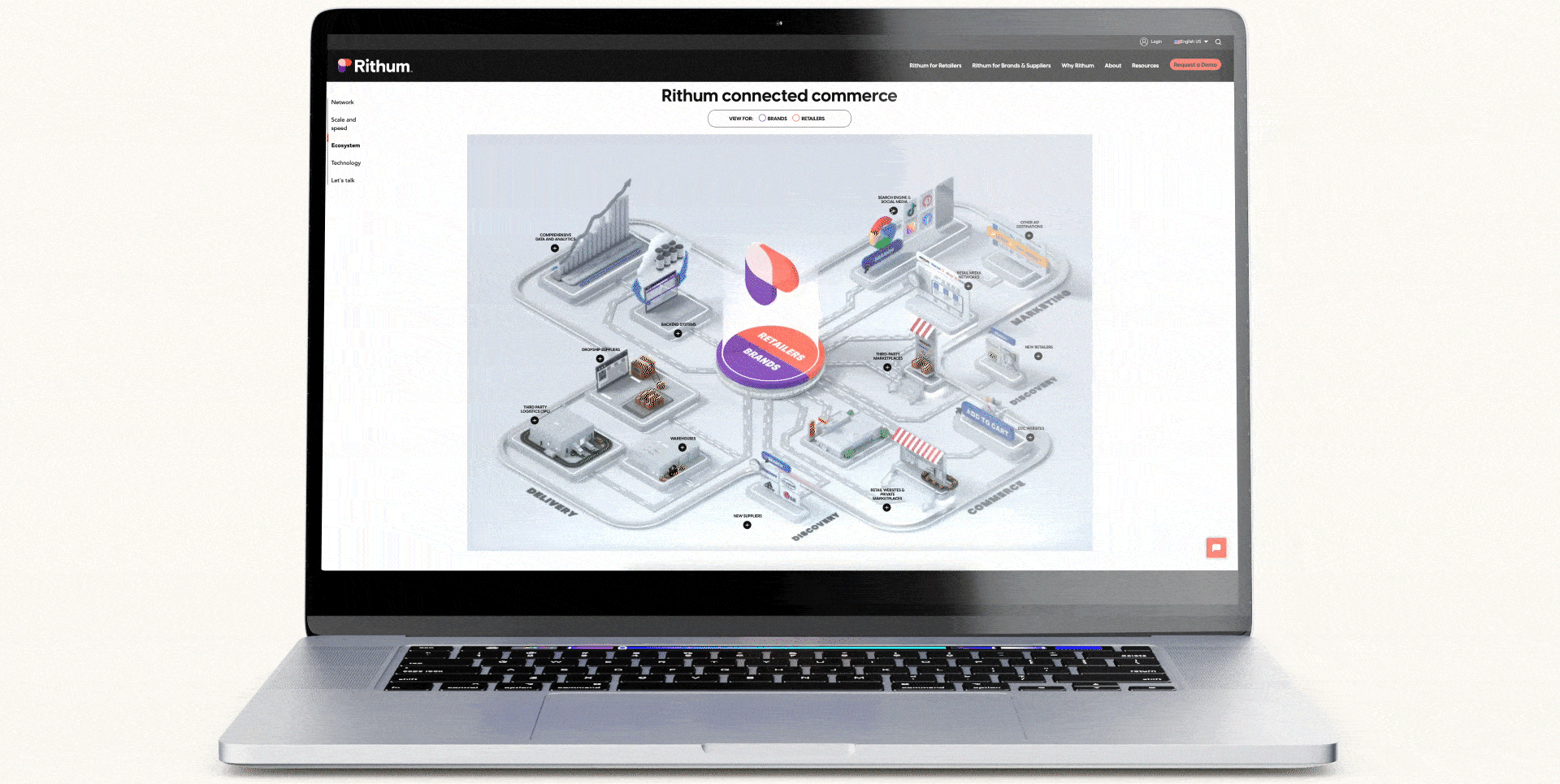
Key Tactics for High-Performance SaaS Content Campaigns
1. Customer-Centric Content Strategy
Your SaaS customers have different needs depending on where they are in their journey, and your content should reflect that. A strategic content marketing plan focuses on the following stages:
- Awareness: Attract potential customers with educational content that highlights industry challenges and trends. Think of blog posts, infographics, and whitepapers that position your brand as a thought leader.
- Consideration: Offer detailed comparisons, case studies, and solution-specific content to help users evaluate your product against competitors.
- Decision: Showcase product demos, free trials, and testimonials that reinforce the value of your SaaS solution and encourage sign-ups.
At Bluetext, we prioritize creating targeted, customer-centric content that speaks directly to each stage of the buyer’s journey—whether the goal is driving product sign-ups or nurturing current users.
2. Maximizing SEO for SaaS
SEO is a cornerstone of any SaaS content marketing strategy. High-intent, long-tail keywords that address specific problems your software solves are essential for capturing qualified traffic. But it’s not just about traffic volume; it’s about attracting the right audience.
Our team at Bluetext uses data-driven SEO strategies that combine technical optimization with high-quality, informative content. For SaaS companies, how-to guides, feature-focused blog posts, and use-case articles are particularly effective in driving organic traffic. These types of content not only rank well but also educate users and showcase your product’s capabilities.
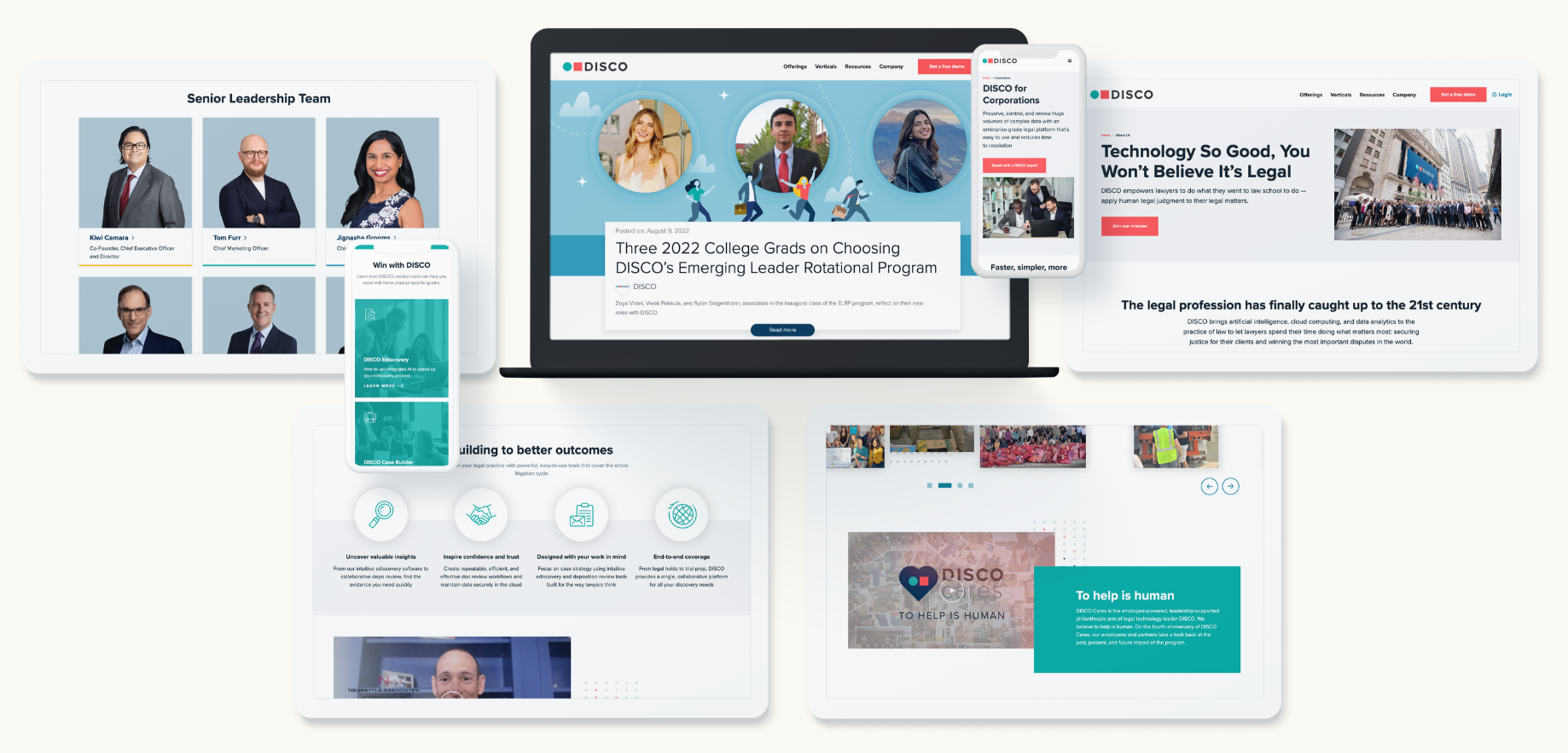
3. Product-Led Content
SaaS users need more than just promises—they need to see how your product works and how it can solve their problems. That’s where product-led content comes in. From in-depth feature breakdowns to video tutorials, product-led content helps users understand how to extract maximum value from your software.
At Bluetext, we focus on creating product-centric content that empowers users to make informed decisions. This approach ensures that potential customers feel confident adopting your SaaS solution, while existing users stay engaged and continue to explore more features.
4. Building Credibility with Case Studies & User Stories
One of the most effective ways to build trust and credibility for your SaaS product is through the success of your customers. Case studies and user stories highlight real-world applications of your software and provide social proof that potential customers are looking for.
Whether it’s a Fortune 500 company or an emerging startup, the team at Bluetext knows how to craft compelling case studies that showcase measurable results. These narratives help potential customers see how your product fits into their own success story, boosting conversions and driving deeper engagement.
Distributing Content Effectively
Creating high-quality content is just one piece of the puzzle. For SaaS companies, how you distribute and amplify that content can make all the difference. At Bluetext, we build multi-channel distribution strategies to ensure content reaches your audience in the right place, at the right time.
1. Email Marketing for User Engagement
Email remains one of the most effective tools for SaaS marketers to nurture leads and retain customers. Onboarding emails, drip campaigns, and product update newsletters are all critical touchpoints to keep users engaged. Bluetext specializes in creating personalized email marketing strategies that ensure your users get the content they need when they need it.
2. Social Media Amplification
Social media is another powerful channel for SaaS companies to share content and engage users. Our team leverages platforms like LinkedIn, Twitter, and Facebook to promote blog posts, webinars, and case studies to targeted audiences. Whether it’s through organic posts or paid campaigns, we ensure your content is reaching decision-makers and influencers in your industry.
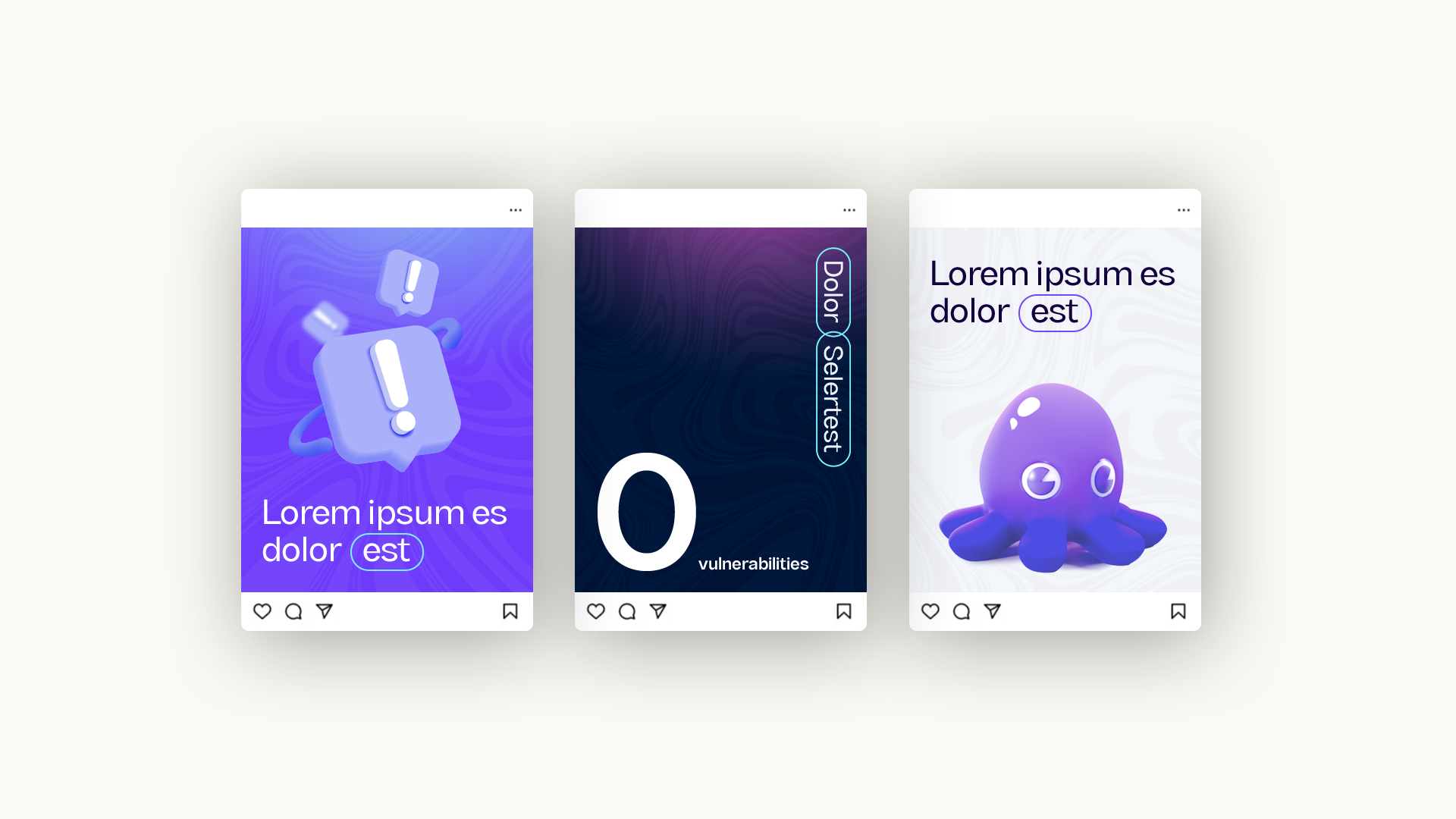
3. Partnerships and Co-Marketing
Expanding your reach through strategic partnerships is another effective way to grow your audience. At Bluetext, we help SaaS brands collaborate with complementary companies or thought leaders to share content and co-market campaigns. These partnerships not only increase brand visibility but also build valuable backlinks that improve SEO.
Measuring Success and Optimizing Campaigns
Content marketing isn’t static—it’s an ongoing process of analysis and refinement. For SaaS companies, success is measured by more than just clicks and traffic. At Bluetext, we use key performance indicators (KPIs) like content-driven conversions, churn reduction, and user engagement to track the success of our campaigns.
Our team continuously optimizes campaigns based on performance data, employing A/B testing for headlines, call-to-actions, and content formats to ensure that your content is always working toward its full potential.
Conclusion
High-performance content marketing for SaaS products requires a deep understanding of your customers, a tailored content strategy, and a robust distribution plan. At Bluetext, we’ve helped SaaS brands craft content campaigns that drive adoption, boost engagement, and foster long-term customer retention. By using these advanced tactics, you can turn your content into a powerful engine for SaaS growth.
Ready to elevate your content marketing strategy? Contact Bluetext today to see how we can help you drive SaaS adoption and retention through data-driven, high-performance content campaigns.
In today’s fast-paced digital landscape, brands must continually evolve to stay relevant and competitive. One of the most transformative forces in modern branding is artificial intelligence (AI). From automating design processes to creating personalized visual experiences, AI is changing how brands are developed and perceived. But how do you leverage this cutting-edge technology to enhance your brand design while staying true to your core identity? In this post, we’ll explore how integrating AI into your brand design strategy can help you stay ahead of the curve.
The Importance of AI in Brand Design
Artificial intelligence has infiltrated almost every industry, and brand design is no exception. Traditional brand design workflows, which used to be time-intensive and reliant on human intuition, are now becoming more efficient and data-driven thanks to AI tools.
AI can assist in logo creation, generate brand color palettes, suggest fonts, and even layout entire webpages or advertisements in seconds. These tools allow businesses to produce consistent and aesthetically pleasing visuals more quickly and with fewer resources. But beyond speed and convenience, AI also introduces a level of precision and adaptability that wasn’t possible before, allowing brands to make informed, data-backed design decisions.
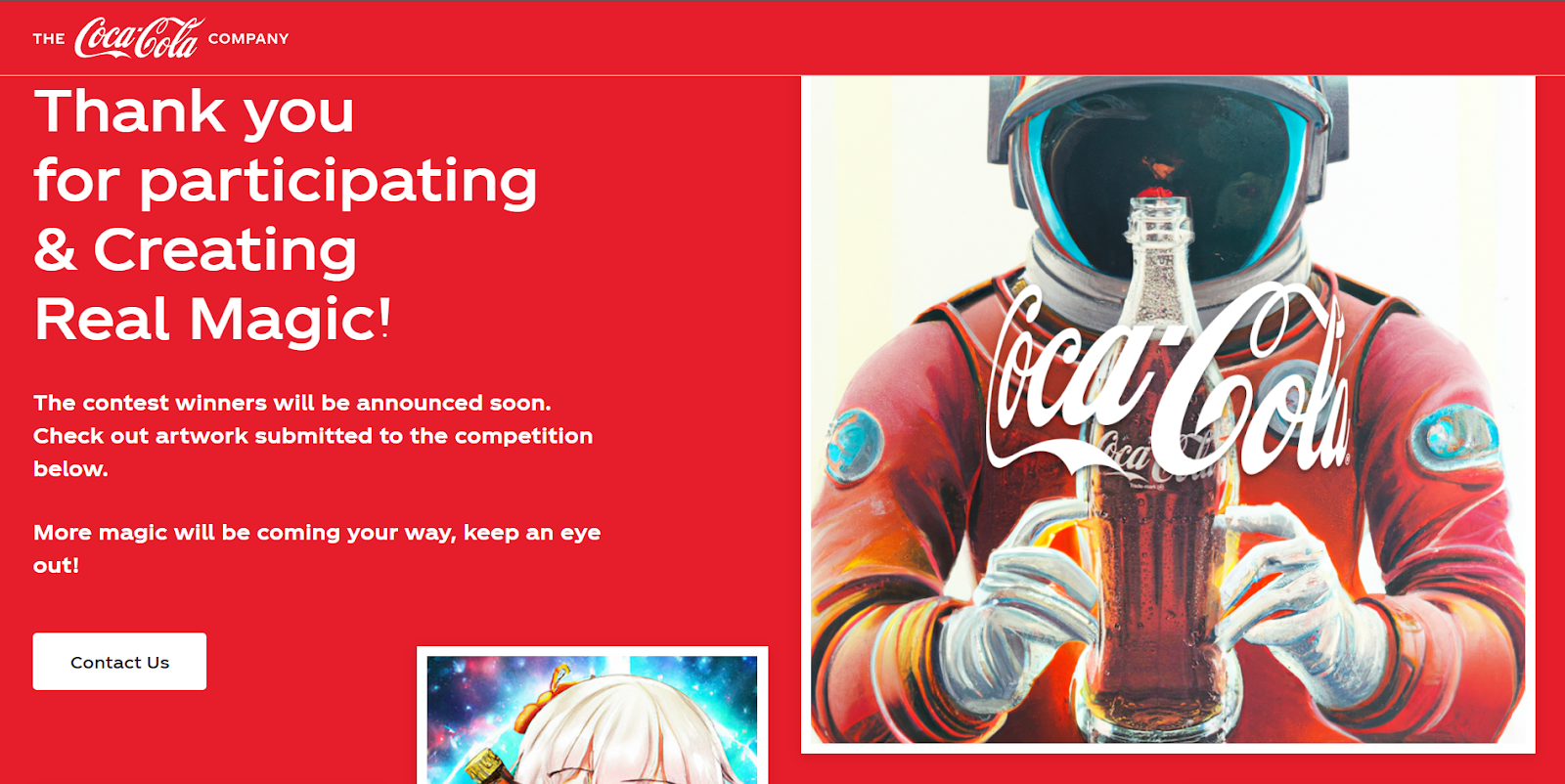
AI Tools Revolutionizing Brand Design
A host of AI-driven tools are already making waves in the design world, democratizing access to professional-level design. Tools like Adobe Firefly and Canva’s AI features enable both novice and professional designers to experiment with design elements like colors, typography, and layouts in real time. Looka, an AI logo design platform, allows users to create logos that fit their brand aesthetic in just a few clicks, using intelligent algorithms that adapt to user input.
These tools not only streamline processes but also give designers the creative freedom to focus on bigger-picture thinking while the AI handles the more repetitive aspects of design. Whether it’s generating mockups or automating the application of branding across multiple formats, AI tools are helping companies achieve consistent and impactful visual identities at scale.
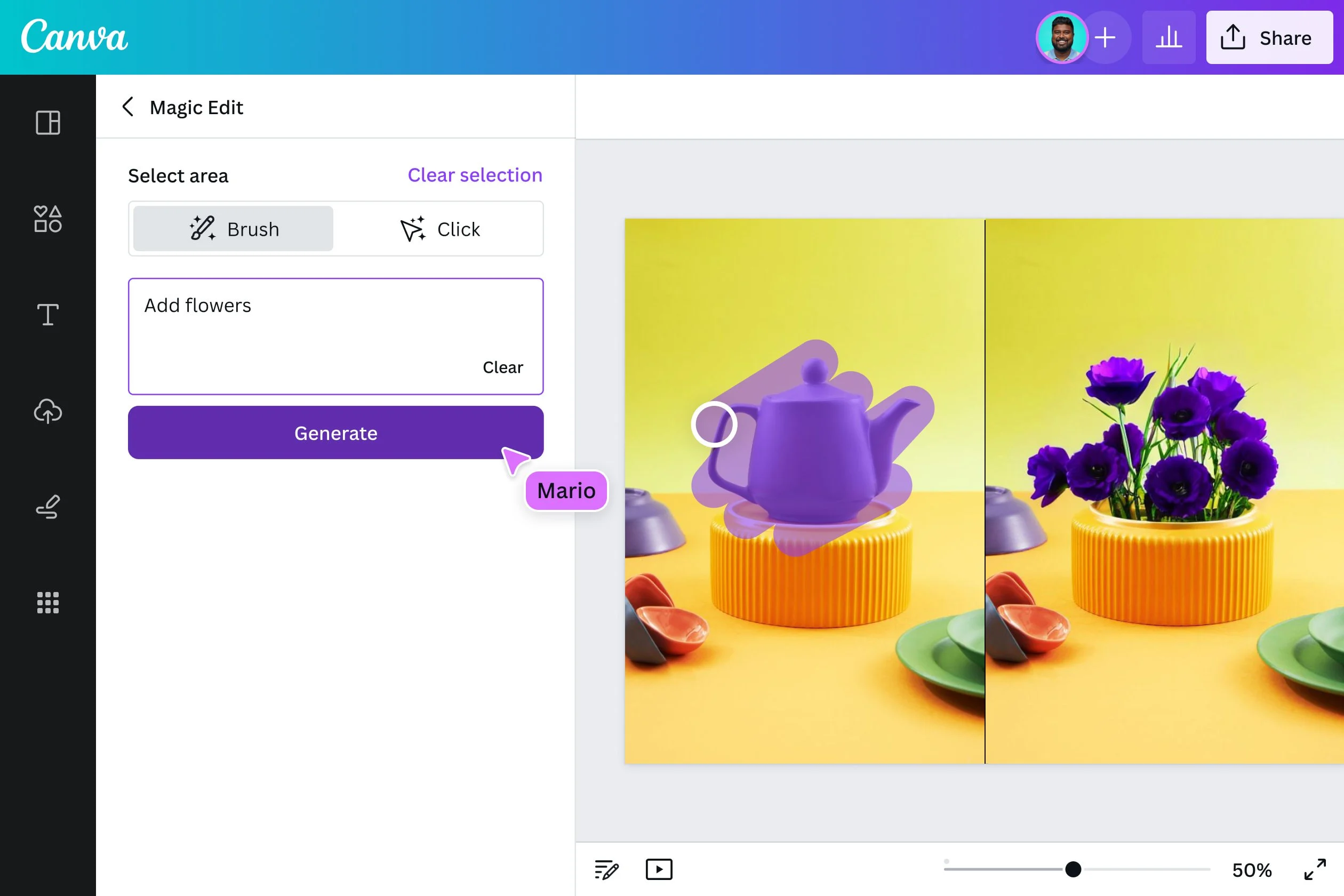
Personalization and Dynamic Design Through AI
One of AI’s most exciting applications in brand design is its ability to create personalized, dynamic visuals. By analyzing user data, AI can tailor brand experiences in real-time to better match individual preferences. This means brands can deploy personalized content, from custom website designs to targeted email visuals, based on user behavior and engagement patterns.
This level of personalization fosters a deeper connection between the brand and its audience, improving engagement and loyalty. For instance, AI can help e-commerce platforms generate product recommendations that are reflected in personalized brand designs, ensuring customers see visuals that resonate with their tastes and needs. This dynamic approach makes the brand feel more responsive, relevant, and customer-centric.
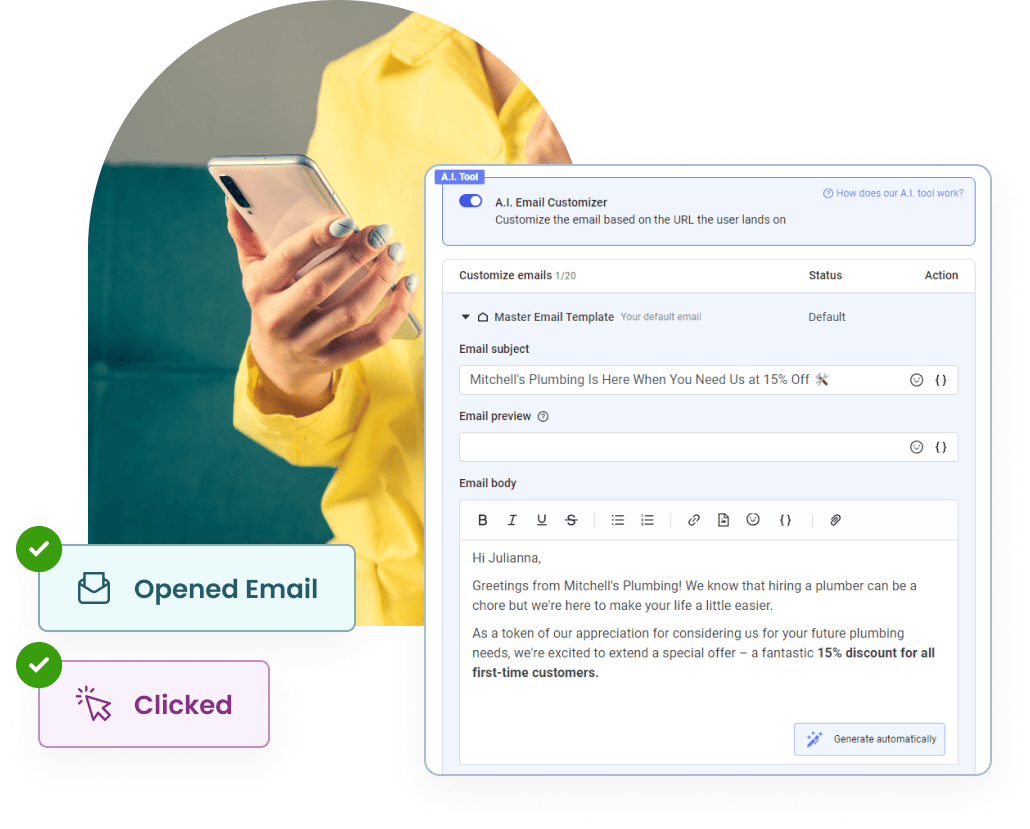
Maintaining Creativity and the Human Touch
While AI has proven itself to be a powerful tool in the designer’s toolkit, it’s important to remember that it’s not a replacement for human creativity. AI can enhance efficiency and produce data-backed designs, but the human touch is still crucial to infusing authenticity and emotion into your brand.
To maintain the balance, brands should view AI as a complement to human creativity, not a substitute. While AI can generate a polished logo in minutes, it takes a designer’s artistic vision to ensure that the logo communicates the right message and aligns with the brand’s ethos. Incorporating AI into your workflow should free up time for more strategic, creative thinking rather than completely automating the creative process.
How to Stay Ahead of the Curve
So, how can you stay ahead in this AI-driven design revolution? Here are a few practical tips:
- Start Small: Introduce AI tools incrementally into your design process. Use them to optimize repetitive tasks like resizing visuals or applying brand guidelines across platforms.
- Keep Learning: AI tools are evolving rapidly. Stay updated on new AI-powered design platforms and features to keep your workflow cutting-edge.
- Blend Creativity with AI: Don’t rely entirely on AI for design. Leverage its strengths in efficiency while maintaining human creativity to ensure your brand remains authentic and original.
- Experiment with Personalization: Use AI to create dynamic, personalized visual experiences that engage your audience. The more tailored your content is, the more effective it will be.
Conclusion
The integration of AI into brand design is not just a trend—it’s the future. AI offers unparalleled speed, precision, and customization that allow brands to innovate and compete on a global scale. However, the key to leveraging AI successfully lies in balancing its technological strengths with the creativity and emotional intelligence only humans can provide.
By embracing AI-driven tools and staying informed on the latest innovations, brands can maintain a competitive edge while still delivering designs that are authentic, personal, and aligned with their values. The future of brand design is a partnership between human creativity and AI’s efficiency—one that, when done right, will allow brands to thrive in the evolving digital landscape. Contact us today to explore how AI-powered design can elevate your brand to new heights!
In today’s competitive marketplace, customer loyalty is more valuable—and harder to earn—than ever before. Consumers have endless options at their fingertips, and brands must go above and beyond to stand out. One powerful way to secure long-term customer loyalty is through personalized rewards programs. These programs not only incentivize repeat business but also strengthen the emotional connection between the brand and the customer by making every interaction feel more meaningful.
But what does it take to design and implement a personalized rewards program that keeps customers coming back? Let’s explore the key elements of an effective, customer-centric loyalty strategy.
The Importance of Personalization in Loyalty Programs
Traditional rewards programs that offer generic incentives—such as blanket discounts or point systems—are quickly losing their appeal. Today’s customers expect more personalized, relevant experiences. Personalized rewards programs tailor benefits and incentives to individual preferences and behaviors, making customers feel valued and understood by the brand.
When done right, personalized programs can significantly boost customer retention, increase lifetime value, and enhance brand loyalty by creating unique, one-on-one relationships with customers. Instead of feeling like just another number, customers feel like they’re part of an exclusive club, which strengthens their emotional attachment to the brand.
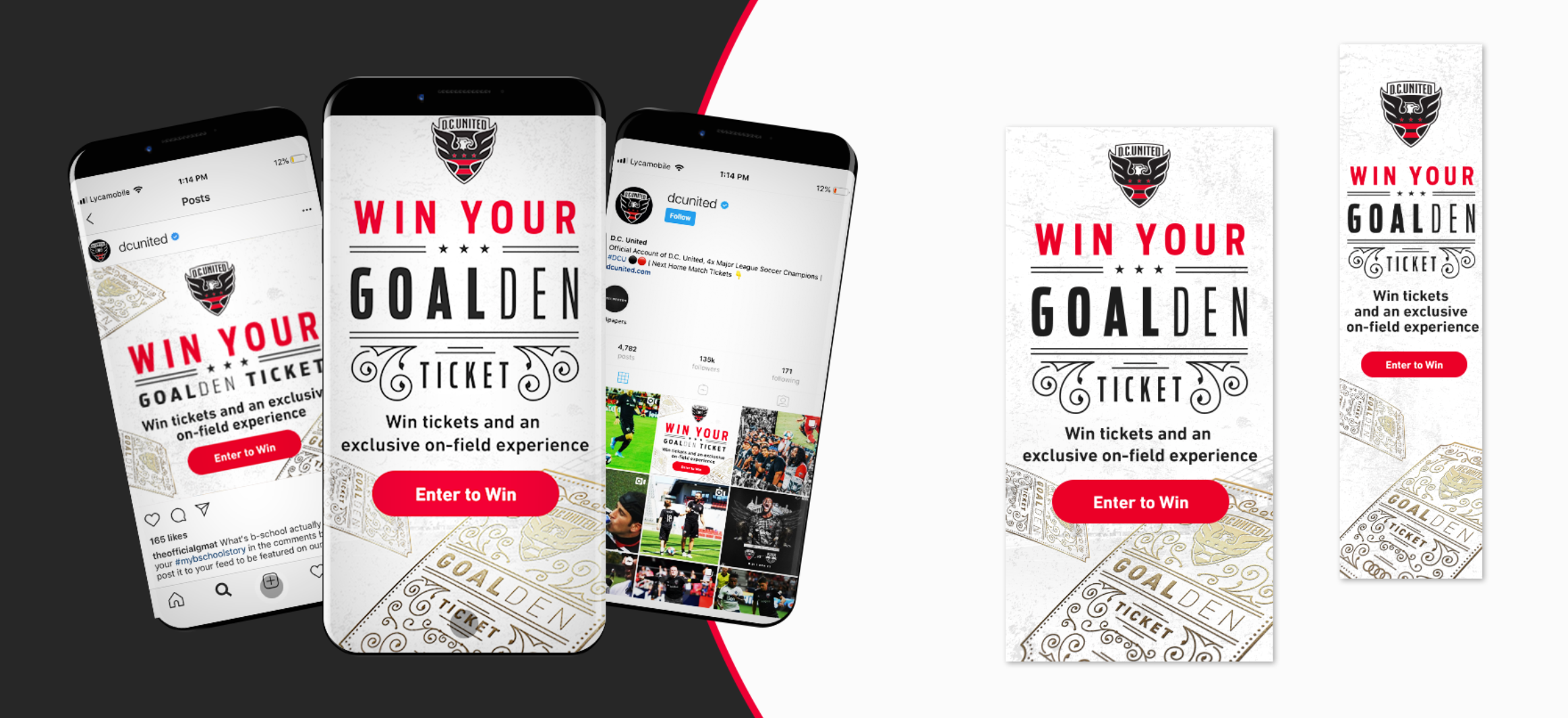
Key Elements of an Effective Personalized Rewards Program
Designing a successful personalized rewards program requires a careful balance of data, creativity, and strategy. Here’s how you can get started:
1. Understand Your Customers’ Preferences
Personalization starts with a deep understanding of your customers. The more data you can gather about their behaviors, preferences, and purchasing habits, the more tailored and relevant your rewards can be. Leverage data analytics to track what products or services each customer is most interested in, their frequency of interaction, and any other insights that can inform personalized offerings.
For instance, if you notice a customer frequently purchases specific items, offering rewards related to those products—or even personalized recommendations—will feel much more relevant than a generic discount on unrelated merchandise.
2. Segment and Customize Rewards
Not all customers are the same, so your rewards shouldn’t be either. Implement customer segmentation to categorize users into distinct groups based on behaviors, preferences, or purchasing history. Then, create customized rewards that appeal to each group.
For example, loyal customers who consistently spend above a certain threshold could be offered exclusive VIP rewards like early access to new products or events. On the other hand, customers who haven’t engaged recently might receive personalized offers to reignite their interest, such as discounts on products they’ve shown interest in previously.
3. Offer Flexible Redemption Options
One common frustration customers have with rewards programs is the rigidity of redemption options. To maximize engagement, offer flexibility in how and when customers can use their rewards. Personalized offers, such as time-limited discounts on products they love or points they can use across a variety of categories, give customers more freedom to choose the rewards that matter most to them.
This flexibility makes your program more appealing and gives customers more reasons to engage with your brand regularly.
4. Incorporate Gamification
Gamification is a powerful way to keep customers engaged with your loyalty program. By adding an element of fun and competition, you can motivate customers to earn more rewards. Personalization can take this further by tailoring the gamified experience to each user’s preferences.
For instance, creating challenges or missions that align with a customer’s interests (e.g., completing a series of purchases in a product category they favor) can make the experience more enjoyable and encourage continued participation.
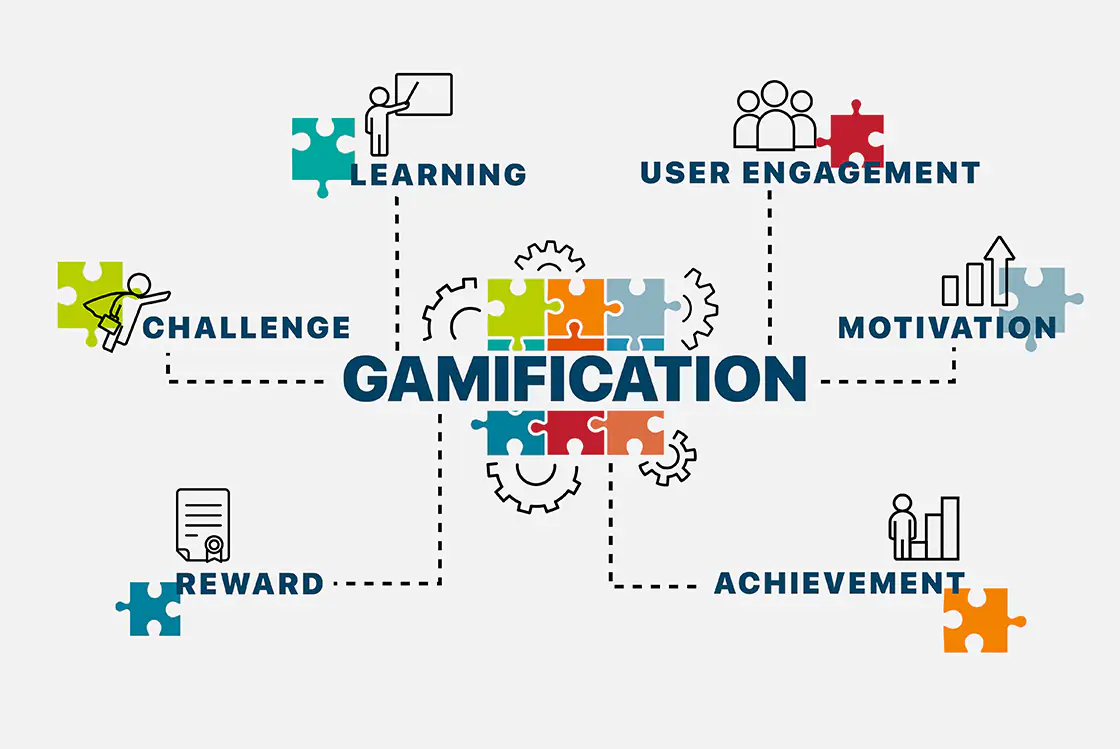
The Benefits of a Well-Designed Personalized Rewards Program
When customers feel recognized and rewarded in a meaningful way, it fosters a strong emotional connection with your brand. This connection translates into tangible business benefits, including:
- Increased Customer Retention: Personalized rewards programs keep customers engaged and incentivize repeat purchases, reducing churn and increasing retention over time.
- Higher Lifetime Value: Engaged, loyal customers tend to spend more. Offering personalized rewards based on purchasing habits encourages customers to keep interacting with your brand, resulting in a higher lifetime value.
- Word-of-Mouth Referrals: Customers who feel special and valued are more likely to recommend your brand to others. Personalized loyalty programs help create brand advocates who spread the word, driving new customer acquisition through referrals.
Implementing Your Own Personalized Rewards Program
Implementing a personalized rewards program may seem complex, but with the right tools and strategy, it can transform customer engagement and brand loyalty. Start by integrating data-driven insights to understand your audience, then build a rewards system that feels personal and relevant to each customer.
At Bluetext, we specialize in helping brands create loyalty programs that drive customer retention and build emotional connections. Whether you’re looking to launch a new program or refine an existing one, we can help you design and implement a personalized rewards strategy that delivers results.
Conclusion
In an era where customer loyalty is becoming harder to earn, personalized rewards programs offer a unique way to build long-lasting relationships with your audience. By offering relevant, tailored incentives that speak directly to individual customers, you not only increase retention but also foster a sense of belonging and brand affinity.
If you’re ready to take your customer loyalty strategy to the next level, Bluetext can guide you in designing and launching a personalized rewards program that enhances your brand’s connection with its customers. Contact us today to learn more!
In today’s competitive government contracting landscape, standing out is no small feat. While pricing and technical capabilities are critical to winning contracts, there’s another crucial factor that can make or break a contractor’s success: thought leadership. Establishing yourself as a trusted authority in your industry is essential, not just for differentiating your business but also for influencing the decision-makers in government agencies.
But what exactly is thought leadership, and how can it help government contractors build credibility and win contracts? Let’s explore.
The Importance of Thought Leadership in Government Contracting
Government contracting is highly competitive, with multiple firms often vying for the same contract. While many contractors may offer similar technical expertise or pricing, one element that can set them apart is their authority within the industry. Thought leadership provides that edge by positioning a company as a trusted advisor to government agencies and procurement officers.
In the public sector, trust and credibility are crucial factors in the decision-making process. Agencies are often risk-averse, preferring to work with companies they believe have a deep understanding of their unique challenges and long-term needs. Contractors that establish themselves as thought leaders demonstrate their commitment to the industry, forward-thinking approach, and ability to provide solutions tailored to government challenges.
This credibility is invaluable in the procurement process, helping to influence perceptions and potentially tipping the scales in your favor when contracts are being awarded.
The Benefits of Thought Leadership
Thought leadership offers several benefits for government contractors:
- Building Trust: By sharing valuable insights, analysis, and solutions, your company becomes a go-to resource for government decision-makers. This positions your firm as more than just a vendor—you’re seen as a strategic partner capable of delivering long-term value.
- Enhancing Visibility: Thought leaders naturally gain more attention, both online and offline. Consistently providing industry insights through articles, white papers, and speaking engagements raises your profile, making your company more recognizable to key stakeholders.
- Creating Opportunities: By engaging with the public sector through thought leadership, you open doors for networking, collaboration, and partnerships. Government contractors who are recognized as industry experts are often sought out for high-level conversations, giving them access to new opportunities.
How to Establish Thought Leadership in Government Contracting
Building a thought leadership strategy requires a concerted effort across various channels. Here are key strategies to consider:
1. Leverage Executive Visibility
Your executives are often the most credible voices within your company. Encourage them to share insights through blogs, white papers, and case studies that address common government contracting challenges. For example, a white paper on improving cybersecurity in public sector IT systems can help position your company as a forward-thinking solution provider in a key area of concern.
2. Engage in Speaking Opportunities
Participating in industry events and conferences is a powerful way to demonstrate expertise. By delivering talks or sitting on panels, your company leaders can showcase their deep industry knowledge, while making valuable connections with procurement officers and other stakeholders in the government space.
3. Media and Content Opportunities
Take advantage of media opportunities to expand your company’s reach. Podcasts, radio tours, and guest articles in respected industry publications can amplify your firm’s voice. Providing expert commentary on emerging trends or challenges, such as the impact of AI on government operations, is a smart way to remain top of mind with key audiences.
4. Create Content That Solves Problems
Government agencies are constantly dealing with complex, evolving issues. Create content that directly addresses these pain points, offering actionable solutions and insights. A case study on how your company helped an agency streamline its procurement process can demonstrate your practical knowledge and ability to deliver results.
Measuring the ROI of Thought Leadership
Like any marketing initiative, thought leadership should be measurable. Key performance indicators (KPIs) might include:
- Engagement metrics: Track the performance of your thought leadership content by monitoring web traffic, social shares, and media mentions.
- Media coverage: A well-placed article or interview can enhance visibility and credibility.
- Business outcomes: Keep an eye on contract inquiries and wins that are linked to your thought leadership activities, as this can indicate direct impact on your bottom line.
By regularly reviewing these metrics, you can adjust your thought leadership strategy to focus on the areas delivering the most value.

Why Thought Leadership Matters for Government Contractors
Thought leadership is more than just a marketing buzzword. For government contractors, it’s a powerful tool for building trust, enhancing visibility, and ultimately winning more contracts. By positioning your company as an authority in your field, you not only differentiate yourself from the competition but also create long-term value for your public sector clients.
Ready to establish your firm as a leader in government contracting? Bluetext can help you develop a customized thought leadership strategy that drives results. Contact us today to get started.
